|
The hardest lesson I’ve learned from my November 2017 concussion is how to forgive myself for failing. You might think that I should already be really good at this because I'm a graduate student and scientist- so I get rejections all the time! But it's different when you're failing yourself as opposed to some outside outcome that you have little to no control over. I can barely count the target dates that I've missed for being unable to think straight. I drafted this piece in March as my brain was inching closer toward to nearly full operational capacity. Around that time, I also finally became able to focus on my “real” dissertation work at a semi-normal pace again. By then I was so behind (I’m still behind) that my triage list couldn’t possibly fit something as “silly” as attention to my blog. I have been feeling guilty for not having edited and posted it ever since. When I was finally ready to post, I hit an insurmountable wall of technical difficulties in the field (including Weebly not letting me edit my site from Uganda). Then, suddenly, it was conference time (more on that later). Pre-concussion Kris would have just given up and scrapped this whole piece. It’s so much later than my self-imposed deadline that I might as well chuck it out because no one will read it anyway. And then there is that other little nag that no one wants to read a downer blog focussed on the difficulties of my life. But this weekend, as I bathe in a different forest, I’m forgiving myself and banishing imposter syndrome. This is my story and I feel better when I write it. Maybe someone will feel better when I share it. So I’m posting this piece late, at concussion pace. 03 Mar 2018 I realized just now, after starting this post and deleting it for the thousandth time, that today is just about the 10th anniversary of my first concussion. Ten years ago, about two weeks before spring break and my 21st birthday, I blocked a direct shot on goal with my face during an indoor soccer match. I don’t know if I lost consciousness, I don’t think I did, but I also can’t remember anyone no asking or checking. The situation was complicated by the fact that I was just playing with some people that I was friendly with, but not a close friend of. If I’m honest, they were a bunch of Cool Kids who recruited me mostly because they needed an extra girl to field their co-ed team and I knew one of the guys from high school. I’d embarrassed myself terribly in front of these guys before, and I was so concerned about whether I had embarrassed myself again that I couldn’t really cope with anything else. So I limped away, got myself home, and convinced myself it was no big deal, I was just being a wuss and needed to shake it off. I was too ashamed to seek help at first. About three days later, I stared at my computer through tears in devastating frustration for the umpteenth hour trying to write a midterm essay for the toughest undergraduate course I ever took. Even though I had outlined the essay in detail, I couldn’t remember what the hell I was trying to say three words ago, let alone the points I had planned to make three days ago. I couldn’t finish any of the sentences. For the first time in this nerd’s life, my brain, the only thing I could always count on, had abandoned me. My tears were part confusion, part frustration, and part terror that my brain might never come back online. When I finally got to student health the next day, they prescribed me rest and extensions on all my midterms. The latter part did nothing but increase my stress about them and, consequently, inhibit the resting bit. They told me no booze for at least two weeks and no soccer either. Then they sent me back up to my dorm to pack my bags for break. I don’t remember that they requested any follow-ups, but anyway there weren’t any. Despite the direct hit to my face and the force that pulsed through my brain with it, that concussion was milder than this one. I was tired and my brain was muddled for the first week or so but I was back to normal by the end of the second week. I wrote my midterms while on spring break in Orlando between Jurassic Park and Animal Kingdom. I turned 21 and drank a bit earlier than I should have but it didn’t seem to have too bad an effect. At that age, it felt easy to bounce back from anything. Back then, ten years ago, we knew surprisingly little about concussions, especially compared to what we’ve learned about them since. We’ve known that concussions have obvious detrimental short-term effects but we’ve learned that repeated(?) concussions have more confusing and difficult to recognize long-term effects. We’ve learned that concussions require multiple check-ins, follow-up appointments, continuous monitoring- at least for the professional male American football players and maybe for the younger men and boys who play football too. Non-professional athletes with subpar insurance, however, are far less likely to get such devoted treatment. Even this time, there wasn’t much professional help to be had. There weren’t any follow-ups to speak of. Almost everything that I learned about how sudden impacts move through our jelly-like brains, what your brain does immediately after such a blow, and how it continues to heal itself, was through independent research- including one very apropos alumni lecture in February. So I guess the goals of these three posts (third post forthcoming) are twofold. First, writing anything at all and especially something with a little less pressure than my dissertation chapters, is helping me work figure out my current linguistic roadblocks (My partner disagrees, but I swear my vocabulary is still not up to scratch). Second, maybe weaving the stories my two concussions together with as much of what I learned about concussions generally will help someone else get through a similar situation. I’m sure I’ll repeat bits and pieces of the stories and the information, but I hear learning is all about repetition so that’s probably alright.
One more note, for all of you out there struggling with work-life balance. Though I’m getting much better working a flexible and responsive work schedule, working as hard as I can whenever I can until I can’t anymore, I’m still struggling a little to keep to my self-care manifesto. I still find myself trying to bend my brain to a different work ethic and it’s had some bad consequences. And I still haven’t been able to get myself back into a good exercise habit. Now that I’m in the forest, it’s a bit easier to run into the woods when I need a break and I’ve been capitalizing on the opportunity whenever I can. I still do my best thinking on the trail- which is great motivation. I’m committed to keeping at it. Just keep swimming, right? Or, if you're a tiny chimpfant, just keep climbing.
0 Comments
The chimanventure continues...Sometimes chimpanzee knuckle prints are frustratingly difficult to discern. Other times they’re practically billboards. With the right weather and mud consistency you can tell whether the calloused reliefs are a few minutes, or hours, or days old. More often than you might expect, the prints leave clues about which specific chimps you’re tailing: a couple of robust, strong-handed adult males; a lone, knobby-knuckled senior; a mother with her small and slender-fingered juvenile. On rarer occasion, features like missing fingers, limbs or a particularly unique gait can even help you discern the individual. In this set, we found big, strong knuckles followed by one large, round, indented oval. It could only be Max, a young-adult male who very sadly lost both of his feet to two different snare injuries when he was quite young. That big oval is the stronger, less painful leg stump that he balances on as he travels. He tends to tuck the other leg up into his chest to keep it off the ground. Following Max’s trail there was another set from a much smaller, and therefore younger, chimp. Perhaps Max’s little brother, Moon? We followed the trail from print to print like bread crumbs tracing each outline. It could be Max and Moon. The brothers have travelled together quite a lot since their mother died a few years ago, but recently Moon’s been branching out, extending his social network to other, older males. This summer he’s practically been Eslom’s shadow. Alternatively- given that the sets weren’t overlapping in quite the right way to conclude they must have been made at the same time- it could be Max on his own following in some other chimps’ trail. I swallowed my raising hopes of finding Moon to stave off the disappointment of the later option. As we crouched over the knuckle prints, talking through the options, a twig snapped up trail. Looking up from the wet earth we caught the last edges of dark limb and the rustle of dense vegetation swallowing the form. CHIMP! A few quick steps to catch up and we confirm: Max resting in the bushes us off trail! …and Moon above him reaching for a snack! Nailed it! Even though these two just fine for me because Moon is one of my focals, they aren’t ideal for Stephanie’s mother-focused work. But, compared to the geezers we found this morning, they are much more likely to run into one of her focals. A sigh of relief, high-five and tugende! Let’s go!! With renewed energy we followed the brothers as they led us straight back across the valley and into one of the few remaining patches of Uvariopsis. When they reached the grove, Max sat below the stand of trees and Moon paused just behind him. The pair surveyed the quality lingering fruits, considering which tree trunk to climb first. But their eyes, and ours, found more than just fruits--- exactly as we’d hoped they would--- they’d taken us to even more chimps! And just like that, in the perfect one-day metaphor for what it means to be a chimper, we went from the feeling that we’d never find our focals ever again, to stumbling over Max and Moon, and now, like she had magically granted my deepest wish, here was Tongo feeding above our set of orphaned brothers alongside all of her offspring (even the fully grown ones)! The boys each climbed up their own thin UVA trunk, food-barking happily.... 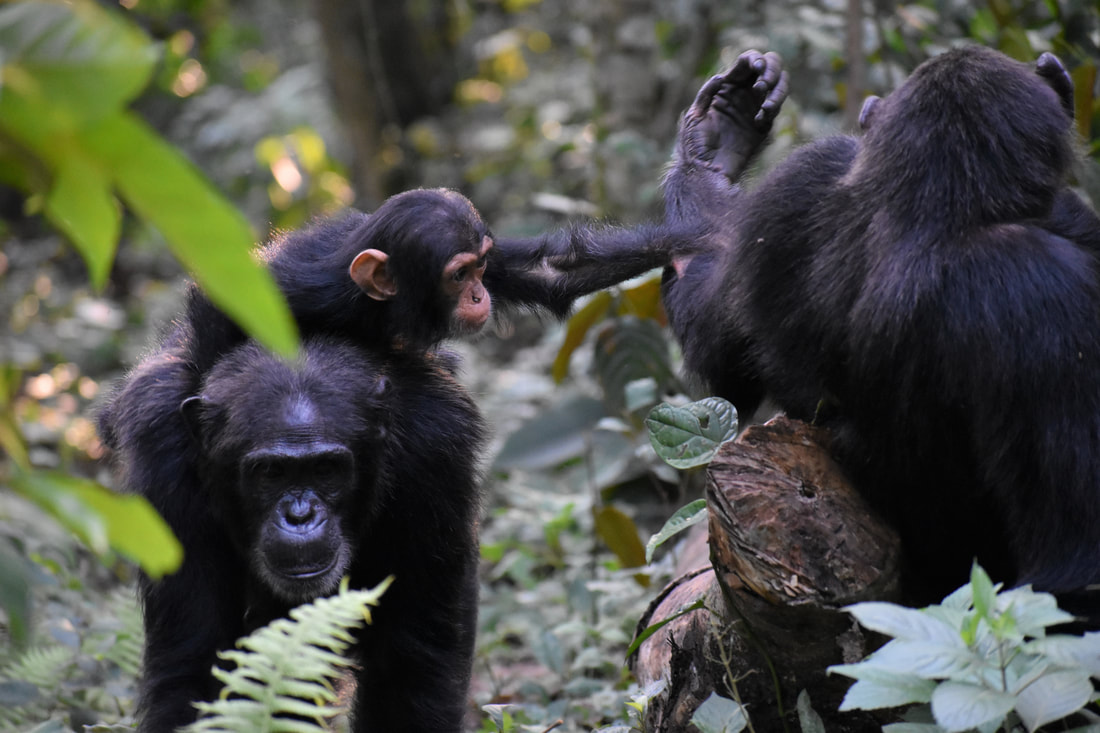 Now this is a party. After stuffing themselves each to the brim, each chimp came down one by one to recline on the ground, approach a friend, exchange some grooming, play with Tongo’s infant, Tangawizi, and generally relax. Somehow we had stepped out of the most disappointing type of early morning into the most rewarding mid-day! I mean honestly, to go from no suitable data chimps, to the best type of chimp viewing with my favorite chimps?! It was delightful! And we’re not even to the best part of the day yet.......to be continued
Spoiler alert: The take-home message of this post is in the title. Second spoiler: I wrote that sentence so that I would stop forgetting what the take-home message of this post was. A brief introduction:There are two pieces to my new series on my own concussion. Later, I’ll publish a longer, narrative piece about what I went through and am going through as I muddle my way through to getting better. This first bit is the shorter one. It started as a few quick tips and tricks to dealing with the symptoms of concussion, but it’s matured into a bit of a Self-Care Manifesto for two reasons. First, at the end of the day, you should always take good care of yourself whether or not you’ve had a mildly traumatic (it has not been *mildly* traumatic for me, btw) brain injury. Second, it is so easy to forget to take care of yourself. This is especially true in academia. But when something takes away your brain (aka your academic capital) and forces self-care on you as the only way to get it back, it feels like a pretty obvious sign that you should make a few permanent changes to your life and treat yourself better. Then I thought I might forget my own advice so I ought to write it down. Then I thought maybe it might help other people so I ought to share it. Then I thought that this list is probably comprised of all the things that other better, more successful academics than me already do and so they don’t need this list and people will be mad I wasted their time. Then I thought, that’s probably my concussion mood-swing and anxiety talking and screw it, it could help one person so let’s publish it. What's a concussion?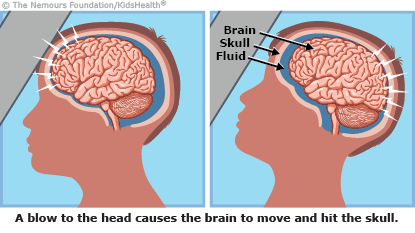 Concussions happen when your head and/or body receive a traumatic blow or violent shake—basically when you hit something or something hits you with great force. The force causes your brain to bounce about or twist inside your skull. This, in turn, can cause damage to brain cells, lead to mild swelling (I disagree with this terminology given that it’s inside my head), and/or cause hormonal changes that generally wreak havoc on you until they’re sorted out. Most people associate concussions with high-impact sports like football, especially given recent revelations about the long-term and compounding effect of multiple concussions. However, they also happen in other contexts like car crashes or slipping on the winter ice and falling. The important points to remember are that anyone can get a concussion and that you don’t even have to hit your head directly or lose consciousness to have suffered one. The handy little infographic below outlines the constellation of symptoms associated with concussions. Each of these may be present or absent, either immediately or after a delay, may range from mild to severe, and may resolve themselves quickly or slowly and not necessarily in concordance with one another. Delightful, isn't it? I’ll be more honest about my symptoms and how badly this has been going for me in my next installment. At this point in time, things are still too frustratingly fresh to disentangle and describe accurately or precisely. Let’s just say that all of the things that one might need in their mental dissertating tool-kit like laser-like focused concentration, cohesive intractable logic, a top-notch command of written-language communication tools, and the ability so stare deeply into your lap-top for hours on end… can disappear like you never developed them in the first place. And so, if you’re like me, you might find that very frustrating… like collapse into a pile of tears frustrating… but I’ve found some incredibly helpful guiding principles and been working on organizing them. Here are those thoughts before they disaparate.... How Dissertate Through Concussion: |
Step 3: time to take a break and think through the odds.
We stopped. Caught our breath. Listened as several sets of calls rang out. One from about 50-60m through vegetation behind us and three at varying degrees of far away east. It was becoming clear that these were tiny foraging parties. They spread out across a long valley as full to the brim with dense herbaceous vegetation as it is sparse with big, fruiting trees. We still hadn’t seen a single one of them since we left Big Brown and Co. Not an ideal situation.
But they all seem to be heading in the same general direction. That piece, we can work with. We took the most-preferred chimp path from our location traveling with the chimps, as our own tiny party. As we went we moved slowly by slowly, our eyes pouring over each inch of leaf litter, mud, and dirt for clues.
A knuckle print!
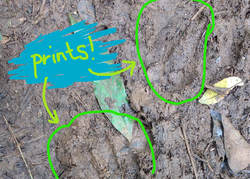
To be continued…
I have no idea how it suddenly turned into September. It just all happened so fast!
Honestly, it’s just that every time I sit down to write, I can’t figure out where and how to start. Just like every other season the last one started off feeling never ending, insurmountable even. It dragged on forever, a never ending loop of wake up at 6am, stagger into the forest at first light, follow the chimps, go home and eat and enter data and sleep, repeat.
And then, I was so pleasantly surprised by the most amazing summer. You might not even believe it if you weren’t there. By mid-July, the entire community had ranged and fed and played and groomed together every day for so many weeks that a first-year graduate student out for their first summer finally turned to me to ask, “So, fission-fusion, is it really how chimps work or just one of those things you read about all the time but it’s not reality…?” You can’t believe the fairy tale wonderland of June and July. And it lasted forever!
Until it stopped. And they all broke apart again like they were never all together in the first place. Like the magical fairy tale wonderland never happened- like they’d deny it ever could. And that was, of course, magical in its own right. Something about the wonder of witnessing a thing that no one else might ever see and knowing that it might never happen again. Feeling like maybe the chimps knew it too, like they were looking at us telling us not to get our hopes up because it can’t last forever.
And then when it finally really did end, it came too quickly and not soon enough in the realest most complicated kind of way: equal parts dark and light; and happy and sad; and beautiful and tragic in some sort of not-quite-Shakespearean poeticism. And I’m still working through the mechanics of how to write about it in a way that does all the sides justice.
I have a few bits and pieces that are nearly ready. I want to be as honest as I can about how I experienced the last few months. They were so amazing and so hard and so terribly, terribly beautiful. The balance is nearly right. They’ll be coming along just as soon as they’re polished… so stay tuned.
Let’s call this like it is: the Beginning of the End of my dissertation time in the field. Ten more weeks until I have to wrap this shoot and get down to the nitty gritty: finishing data entry and clean-up, coding video, lab work, running more stats then you can shake a stick at, and so much science writing!!
…I see an uptick in non-vocal displays at my laptop over the next months.
But I also see an uptick in hurrah moments when things are finally coming together into a real, whole picture. Speaking of which, I recently experienced such a moment before coming back to the forest to start the end.
I took an American break from the field during the rainy season this year to take care of some home things, crunch a few numbers, march for science, and present some preliminary results from my dissertation work at an annual big fancy science meeting in New Orleans.
It’s the meetings- for the American Association of Physical Anthropologists- that I want to tell you about.
Mostly, I’m just so excited about this set of preliminary results. For this talk, I analyzed a subset of my 2015 video data and it seems like my predictions about social attention- namely that the more time a little chimp spends watching and the more closely it watches, the more likely it is to engage in the behavior it’s been watching AND that males are somehow more responsive to social exposure than females- might pan out! Like I said, the results are preliminary, but it still feels really hopeful- which is fantastic! I promise I’ll will share the results with anyone and everyone interested just as soon as the paper comes out over the next year.
This year I also entered in a student contest…and that ALSO panned out! I’ve been a little bit nervous writing about it because I don’t want to come off as bragging or arrogant- but its true that I’ve worked my hardest to plan this project, get that funding, collect and analyze that data, and write that talk as best I could! So here I go…
Every year at this conference there are several awards granted to the top student talks and posters. A few of them are specific to separate disciplines like, best talk in dental morphology, and some of them are across all sub-fields. This year, I won the Ales Hrdlicka Prize for “excellence in student research.” I know it this might “just” be a student award, but science communication and dissemination is so important to me! What’s the point of taking the data if you can’t explain it to everyone? To win a prize for giving a talk in any capacity- I cannot describe what an honor it was to receive. I’m still in a state of slight disbelief.
Every time I remember it, I get all filled up with warm and happy satisfaction. It makes me feel like maybe I really am doing to right thing with my life. At this point in the dissertation process I cannot overstate the importance of such a rooting reminder. We all know that graduate school is hard. And, let’s be honest, there are too few of these sort of victory moments. I think we should celebrate and be proud of all of the little victories- and let them steel us against too many academic struggles, and grant rejections, and all-out data failures. The project certainly isn’t at it’s end yet, but I am so excited about how far it’s come along. So I am taking this win and celebrating it! I am proud. And inspired. And happily steeled against the inevitable future failures!
And now I’m back here! Back in my house at the edge of the forest. Back with my Ugandan friends- human and non-human alike. Ready, and rarin’ to go. I’ve finally got my eyes on the first of so many incremental finish lines between me and my dissertation defense, and I’m ready.
So here we go.
This is what they found….
This is how the game works:
First, one of us does something, feels something, or reacts in some way that is questionably normal.
Let me give you a for instance: I realized that I now sleep through elephant trumpeting and splintering trees between gunshots and people screaming in the middle of the night. Yep, I sleep right through all that malarkey like a baby. Honestly at this point, I’ve been doing this long enough that I’m just thankful for not losing any precious minutes of dream-time…but then I wonder, is that weird? Or not weird?
…Does “unsettling in so many ways” count as weird? Ok, yeah. That might be weird.
Step two: put it to the panel.
“Dear Friends, Is [insert thought, feeling, observation, thing I did, etc. here] normal? Are you guys the same? Or am I totally off the grid?”
Step three: judgment.
As it turns out, 3 out of 3 other people at camp have slept through several of the nights that elephant shenanigans have woken me up… Once Margaret woke up when there was an elephant right at her window, but it was at her window, which is like 15 feet from her bed so the elephant was pretty much breathing and chewing in her ear. But mostly, everyone sleeps through it. So… No, I am not weird.
So I know that it doesn’t sound like the most fun yet, but what makes this whole process a game is the escalation. It is light-hearted and the situations are generally hilarious from start to finish. But the conversation very quickly shifts from “sharing is caring” into one-ups, some of which are absolutely hyperbolic and others oh so upsettingly not even exaggerated. It occurred to me recently that I have no idea what I would think if I came upon the dinner conversation as an outsider. It can go a little something like this:
Researcher1: I dropped my apple in the forest and ate it anyway. Weird or not weird?
Researcher2: Had you taken a bite yet?
Researcher1: [Looking a bit sheepish]…yes.
Researcher2: Did you even rinse it?
Researcher1: [Shakes head] …but it’s not like it fell in chimp poo or something.
Researcher3: Oh come on, everyone’s done that.
Researcher2: Truth. Ok, so not weird. When I’m alone, I talk to the chimps like they’re
people. Weird or not weird?
Researcher3: Is it weirder to talk to redtail monkeys?
Researcher1: When I’m not alone, and there are people right there, I still talk to the chimps like they’re people…
Researcher3: That’s probably a little bit weird.
Researcher2: I hide from every other mzungu (western person) in the forest.
Researcher1: Doesn’t everyone do that?
[Researchers nod.]
Researcher3: Today the chimps passed by the redtails and the monkeys got super quiet and hid…and so I also hid and watched the chimps pass from behind a tree.
Researcher2: Suddenly I resent peeing inside. Except when its raining, then I get mad that I have to go outside to pee… And I somehow do not find it all disturbing to come home from work everyday basically covered in chimpanzee pee. Every. Day. Weird or not weird?
Researcher1: A male chimpanzee made eye contact while he put his fingers… well, lets just say while he- he just really should have been focusing on the other chimpanzee instead of me while he did that. Weird or not weird?
[Pause in the conversation. Then a burst of laughter.]
Researchers 2 and 3: [In unison] Weird!!
[Researchers continue eating dinner.]
Researcher3: [To Researcher1] Did you just make happy food grunts over the cucumber salad?
Researcher1: Yes. And its totally not weird. For sure. Everybody food grunts. Even normal non-field people.
Researcher2: Definitely not weird. But what about this: I didn’t know which was more dangerous, rodent shit or getting unboiled tap water in my dinner…but it was the last plate to I flicked the rodent shit off of it, wiped it with a napkin, and went on as usual. Weird or not weird? It was the last plate…I’m going to take a Cipro just in case…
Researcher3: Earlier there was a big fat mouse licking a spoon in the kitchen and I was just so glad that it wasn’t a rat that I didn’t do anything. I just let it happen. It was a really cute mouse. Like Gus cute.
Researcher1: Feivel cute?
Researcher3: The Great Mouse Detective cute.
Researcher2: That’s just sounds adorable. Not weird!
Researcher1: So…I had that one chimp that I can never get hours on and they were headed into the swamp- basically into an elephant’s bed- I could hear and smell the elephants and there was fresh mud all over the trees. At the edge of the swamp I stopped and I thought about abandoning the chimp… and then followed her anyway…straight toward the elephants. Weird or not weird?
We regard each other silently. We know that we’ve probably all done it- but none of us is ever sure whether the others are joking, or exaggerating, or confessing a bold and stupid truth. Either way, we can all be sure that it’s weird. Regardless of how safe* it is, we’ve become so used to elephants sitting right beneath our study subjects that we grit our teeth and bare it instead of fleeing like our guts tell us to. That is most definitely 100% weird.
My aunt likes to say that she's the reason I ended up in this field. My family used to joke and that my dad was a silverback because of his stature, facial expressions, and salt-and-pepper hair. In truth, the resemblance is uncanny. So she bought me a stuffed gorilla on the day I was born. It was my very first stuffed animal.
But when I actually decided to become a primatologist it seemed like a completely random left-hand turn from the path I had put myself on. I was in film school studying to be a documentary filmmaker. I was primarily interested in capturing interactions. My sophomoric film-school ethos was trying to distill the complex and convoluted into something pure and transcendent. I thought that I could use film as a mechanism for understanding people in a way that was aesthetically pleasing and comprised at least mildly entertaining storytelling. At that point I didn't realize how circular these notions were, and that I was going about it all the wrong way because my particular form of processing doesn't translate well into a time-linear two-dimensional medium.
I started moonlighting as an anthropologist as early as I started shooting 16mm on a Bolex. And really, I had always been an evolutionary biologist, an anthropologist, and a primatologist.
Clue 1: at least once a week from the time I was in kindergarten until it was inappropriate to force Mum to read to me every night, I demanded that she read me 1 to 3 Wildlife Fact Files from the World Wildlife Foundation. We had a whole binder of full-color, trifold, animal profiles. All of the basic info was in there- natural geographic ranges, home range size, conservation status, diet, social structure, and probably even more than I can possibly recall now, more than 20 years later. The ones that I remember most are the Bengal tiger because the picture was taken at night and was the most beautiful I had ever seen, the great white shark, and the orangutan who wound up in the conservation tab rather than with the other mammals.
Clue 2: My favorite field trips were zoo trips and I could sit for heaps longer than the other kids just watching the animals. My favorite section was the primate house.
Clue 3: My favorite TV shows were all the documentaries about animals, especially when they involved primates.
Clue 4: I first attempted to read a scientific journal article at the age of 14 as a freshman in high school. I was working on a project about the evolution of venom in snakes and other animals. The paper was about the molecular structure of a viper (I don’t remember which viper) haemotoxin. I was completely enthralled.
There was a single moment when I realized that I wanted to be a primatologist, specifically. I was with a gorilla who had just recently arrived at the London Zoo and she wasn’t fitting in well. When I first saw her she was sitting by the glass with one shoulder pressed against it and the other facing the rest of the enclosure so she could see all the gorillas and all the people. I watched her for a while as she people-watched and kept her other eye on her new gorilla family warily. Every so often she looked my way. Eventually, there was a lull in visitors leaving only me and my new gorilla friend. I approached and slid in right next to her, shoulder to shoulder but for the glass.
I wanted to photograph her so I opened my bag to retrieve my trusty 35mm. She peered through the glass and into my bag as I dug rifled through, finally pulling out the camera. She was took one look at the black object and was disappointed. She motioned with her lips and chin as her eyes darted back and forth from me to the bag. We continued in this fashion until my bag was empty and I was surrounded in its contents. I tilted it upside down to show her that I did not, in fact, have any other goodies hiding.
As I started to gather my belongings, a new set of visitors started trickling in. My outline against the glass was obviously eclipsed by my new friend’s and patrons quickly realized the opportunity for a photo-op. They crowed around, shoving their children up against the glass, their cameras flashing in bursts. The gorilla looked at me one last time before skirting away. As she hid behind a nearby wall, she periodically peeped back out at me, but she never came back.
There’s something to those moments that you share with another species that you can’t find elsewhere. Its like an exponential version of finally breaking through or transcending a language or a culture barrier. I wanted nothing more than to know her whole story and how she saw her world- where did she come from? What was her old group like? Was she happy in this new group? Why did she like to sit by the glass? What was she looking for in my bag? Did she have a prior experience with some sort of zoo enrichment where she used to live? Was she ever privately owned? And, more importantly, how can I approach these types of questions in a way that will yield representative and accurate answers?
I was already fond of gorillas, but they had just become my flagship species. And here I am, on the eve of meeting some in the wild. My skin tingling with the electricity on anticipation, my stomach full of butterflies for all the same reasons. Tomorrow I will finally find this hour that I have been waiting for my whole life.
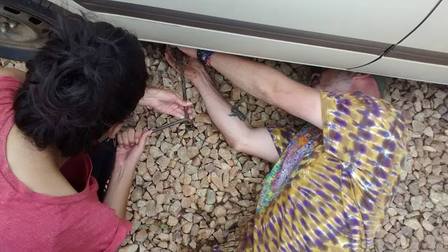 Trusty companions hard at work while I take a short break to document this chapter of our epic journey
Trusty companions hard at work while I take a short break to document this chapter of our epic journey *Note: Just in case you cannot imaging me laughing as I tell you this story, the tone of this piece is more than slightly amused exasperation*
It might not surprise you when I tell you that I learn more about the world than “just” chimpanzee behavior from my field experiences. It hasn’t surprised me either. Aside from tons and tons of information, I’ve learned to expect surprises, random hurdles, unpredictable changes in absolutely everything, and (most importantly) to expect that any expectations about the aforementioned will be exceeded and undermined- sometimes simultaneously.
It is easy for anyone to realize that other animals are pretty darned interested in your things- especially when those things are food. It only takes a few days in this forest to realize that baboons are a constant threat. In Kakamega, the blue monkeys were constantly trying to sneak into the house for a snack. When you really settle down in the woods, and your kitchen is a small building butting right up to a nice patch of trees and underbrush, it is not surprising that the rats move in to feast on your bountiful supply of sweet fruits and processed carbohydrates. It is an annoyance, of course, but it is understood that you must spend a bit of time to protect yourself from sharing with rodent friends.
I did not expect them to demolish every non-metal food storage unit overnight. We dealt with that hurdle by adding a few new ones to their nightly routine, shifting all of our fruit, veg, and carbs into a metal trunk. They promptly resolved their food access problem, managed to flip the latch and prop the lid open- even though we anticipated it ahead of time and weighed the lid with two bricks. Luckily, they haven’t grown thumbs to open the lock we use now to prevent them from unlatching our little treasure trunk (though I sometimes feel like it could happen at any moment). Instead, their solution has been to chew through the wall of our house to run around the common room all night snacking on anything that is accidently left out, regardless of what we would consider “edibility.” The walls are cinderblock. We still cannot find the entry point. We bought another trunk.
So far, despite the frustration of realizing a tiny little rat brain has outsmarted me yet again, these are the type of struggles I expect and am mentally prepared to deal with. Mango flies are another expected annoyance- relatively easily thwarted (thank heavens) by ironing everything. Even- no especially– your underwear.
What never occurred to me was that rats would eat 80% of the underwear that I brought to Uganda in the space of a single night between being taken off the laundry line and ironed the next day (oh how I wish I was exaggerating).
When rats eat so much of your underwear, you embark on an epic adventure to replace them. You hop on a boda (motorbike) with trusty side-kicks and head for Fort Portal---
And then, as it turns out, the only underwear you can buy in Fort Portal are the kind that were rejected from every Goodwill, Salvation Army, etc. and shipped to Africa wholesale in giant bundles of all things wearable.
When rats eat so much of your underwear, and there are not suitable replacements in a 200km radius, you hop in a car with your trusty sidekicks. You drive through hurricane-style rain storms, pull off the road for safety just to navigate through a small river, narrowly avoiding a water-logged Toyota. You finally make it to the big city, lay down for a well-earned night's sleep and wake up to find that not surprisingly, in all that mess, you've punctured a tire. Luckily you're driving the one Toyata in Uganda with a spare! And luckily, your trusty side kicks are excellent tire-changers, you switch it out in record time- and you don't even need assistance from the Texan missionary who offered so much advice but no real help while he sat there watching you get your hands dirty----
AND THEN, as it turns out, somehow it is nearly impossible to find a decent pair of underwear even when you scour 3 malls between Kampala and Entebbe. Yes, apparently the only place to find new underwear is the supermarket. Further, all of said underwear is XXL or “high cut” circa 1984, or both. Or- the one alternative that we did find- is the right size, a decent cut that will actually stay on your hip-less body, but with very round and cushy BUTT PADING that tones and shapes and add a whole “butt size.”
In the end, the trip to the big city has resulted in locating exactly 4 pairs of underwear that are even remotely suitable and will solve the problem for the time being. Who knows how well they’ll stand up to ironing. Or the rats.
I have also acquired a few bottles of wine and some good, dark chocolate…
Kris Sabbi
This blog is a forum share my personal experiences as a field researcher and traveler.
These words are my own and do not reflect the views of any of my affiliates or any granting agency.
Categories
All
Current Science
Field Feelings
Manifesto
Naledi
Op-Ed
Paleoanthropology
Photo Ops
Portraits
Reader's Questions
Silly Chimp Pics
Story
Blog Archives
June 2022
March 2022
September 2018
July 2018
June 2018
January 2018
December 2017
September 2017
August 2017
June 2017
May 2017
March 2017
January 2017
December 2016
November 2016
July 2016
June 2016
May 2016
March 2016
February 2016
January 2016
October 2015
September 2015
August 2015
July 2015
June 2015
May 2015
April 2015
March 2015
February 2015
By Category
All
Current Science
Field Feelings
Manifesto
Naledi
Op-Ed
Paleoanthropology
Photo Ops
Portraits
Reader's Questions
Silly Chimp Pics
Story
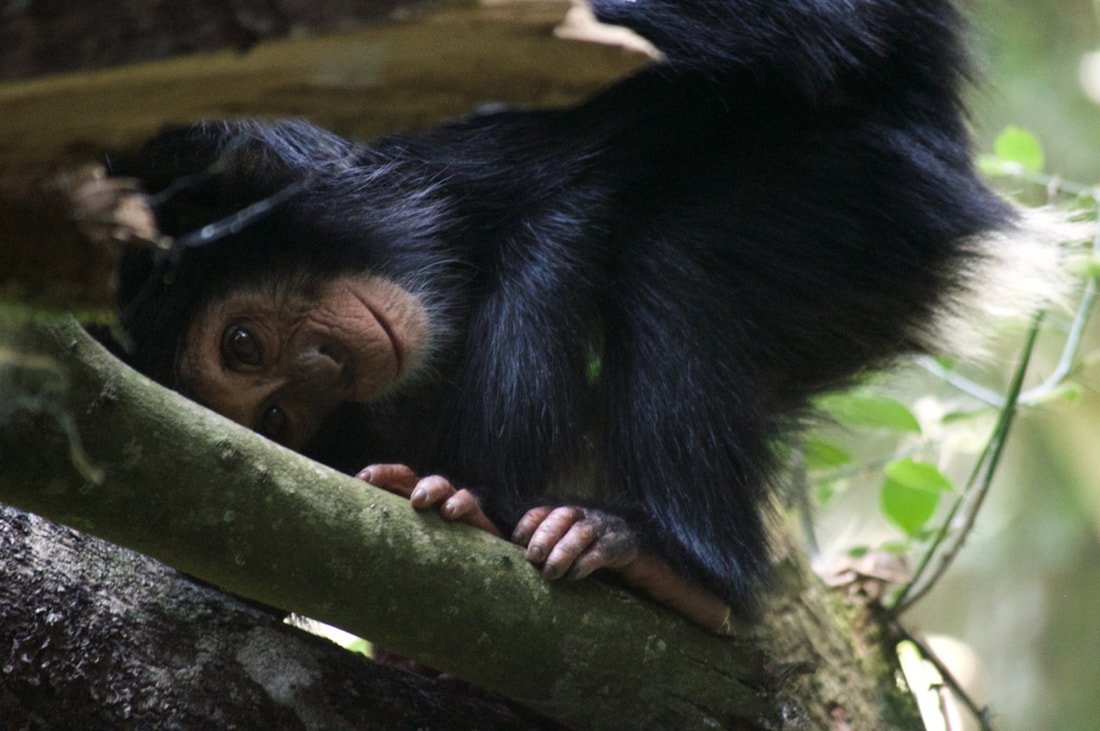
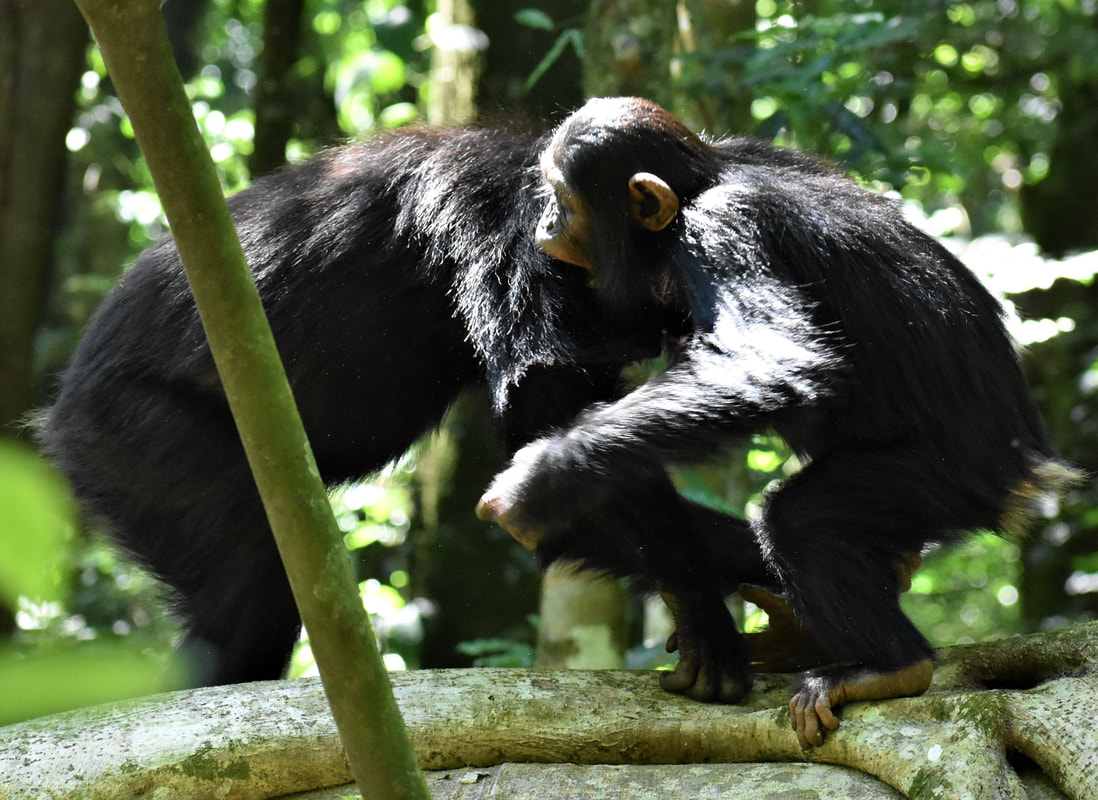
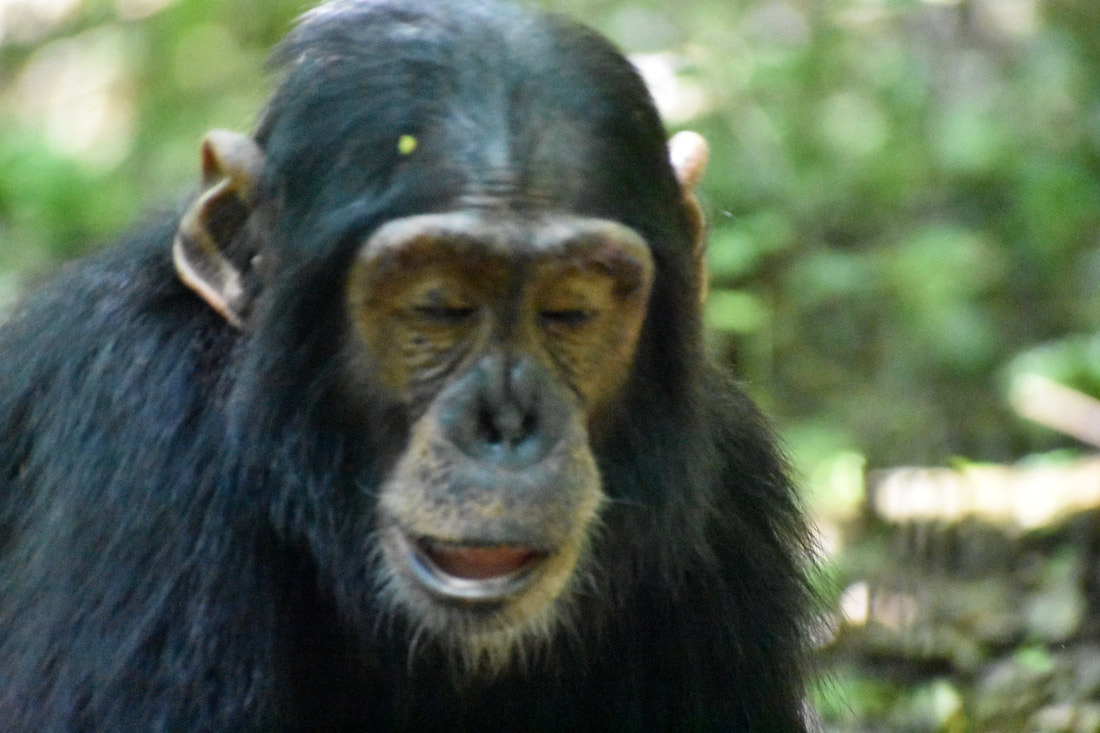
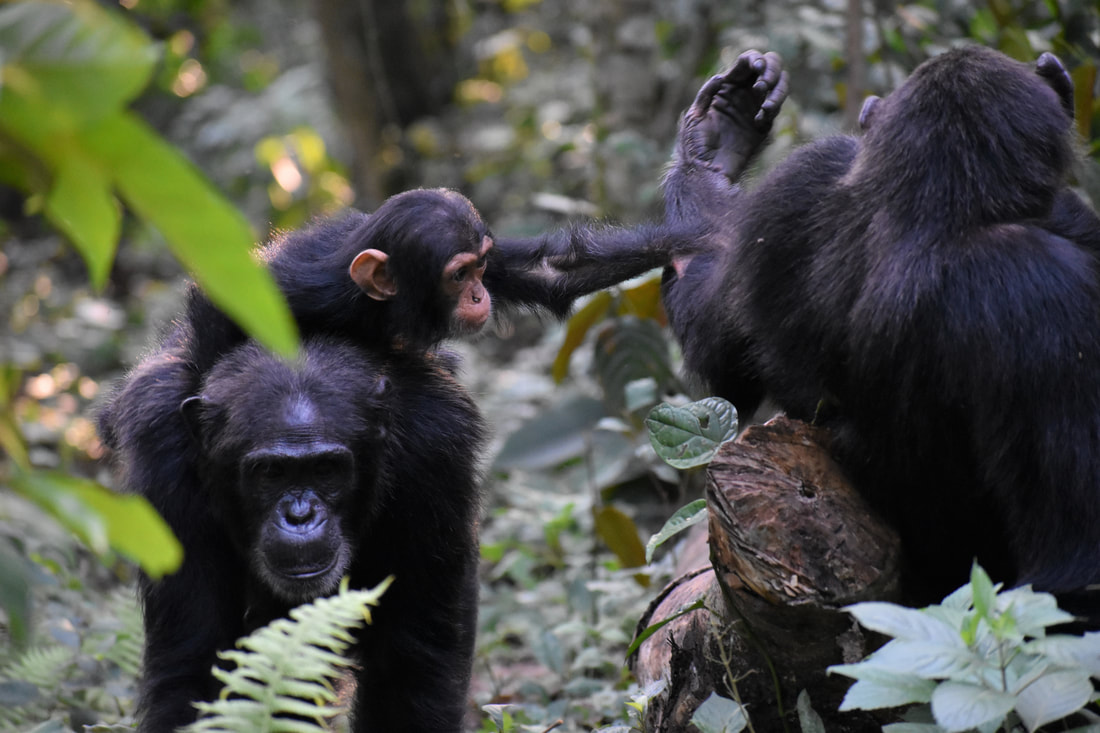
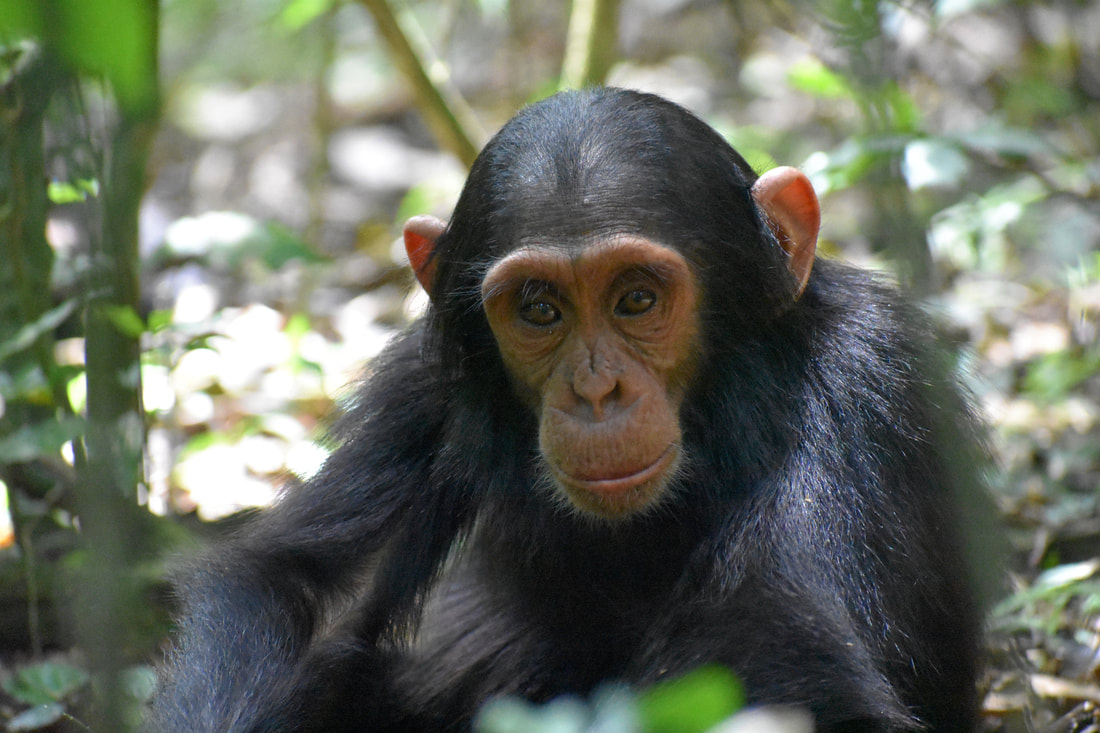
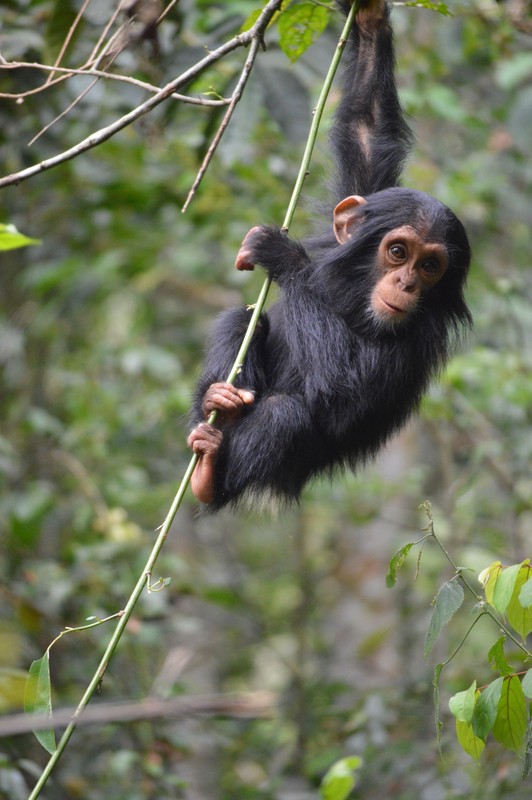

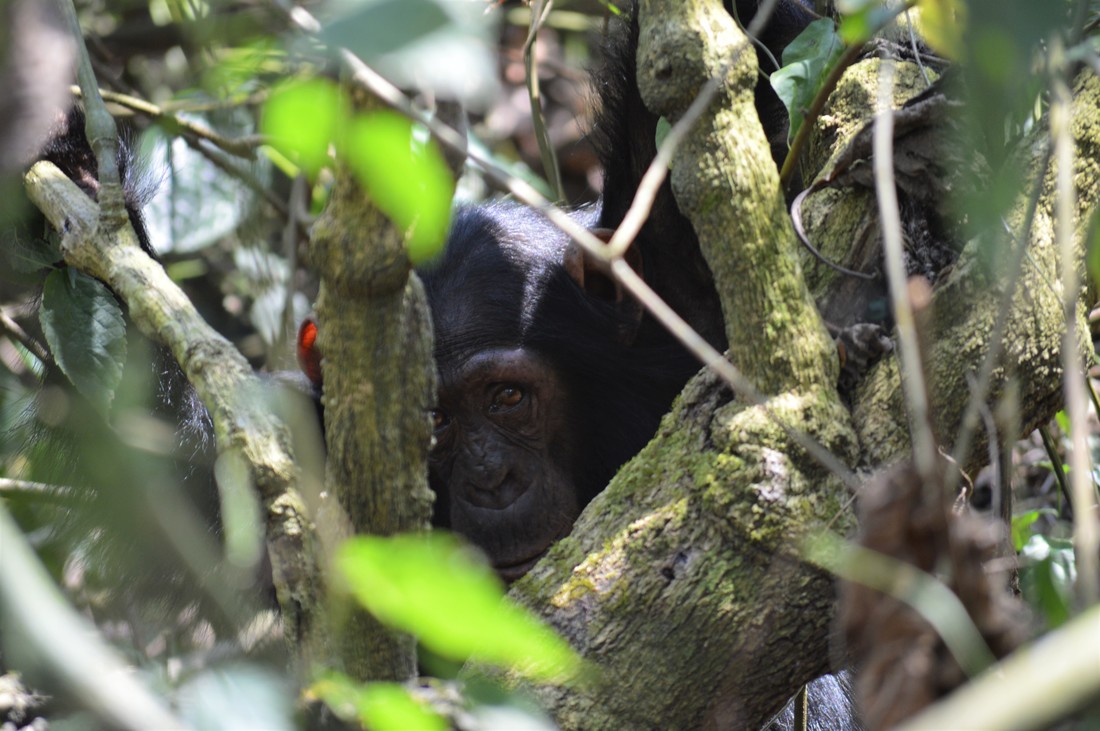

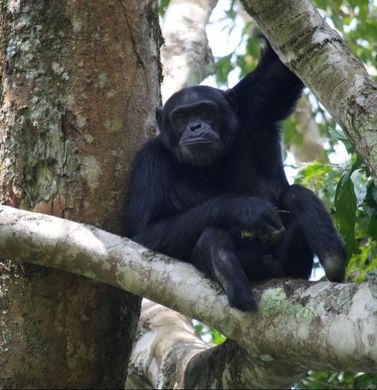
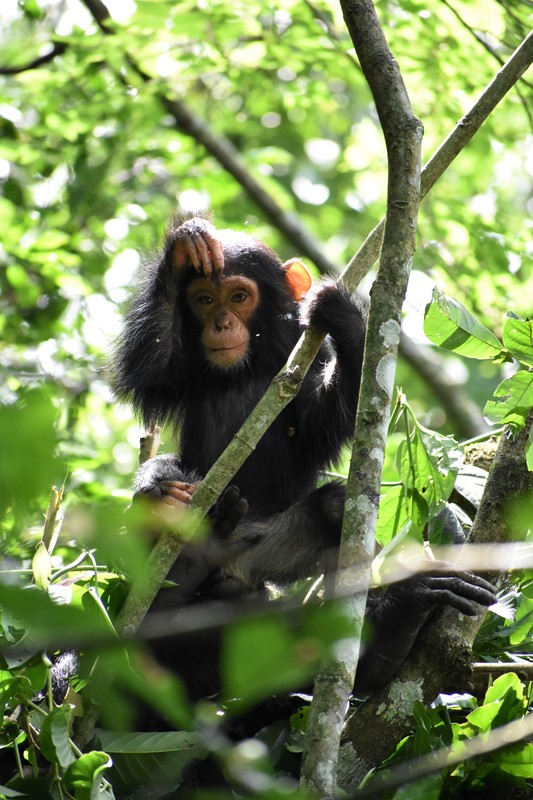

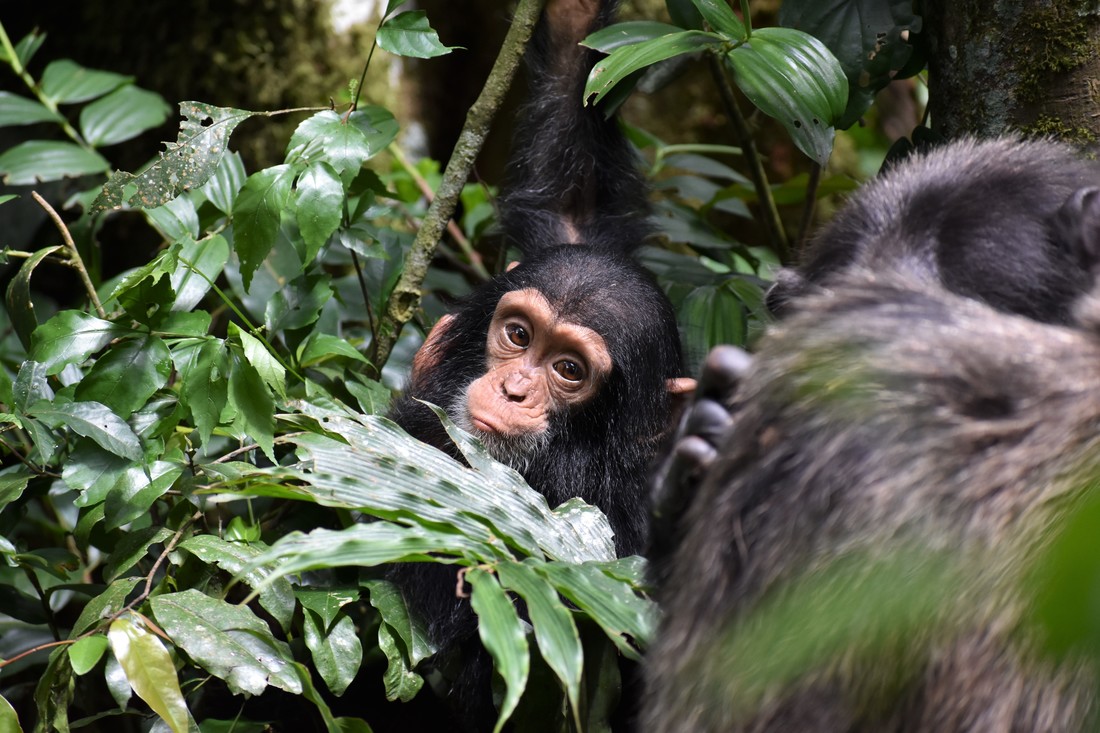
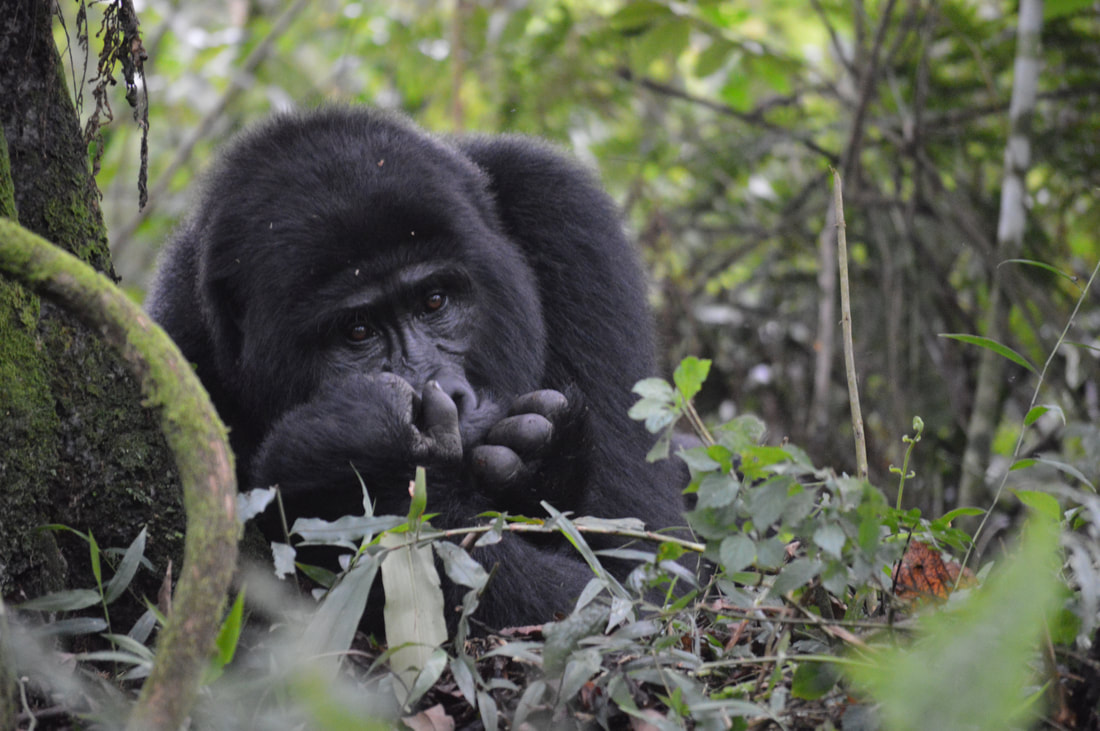
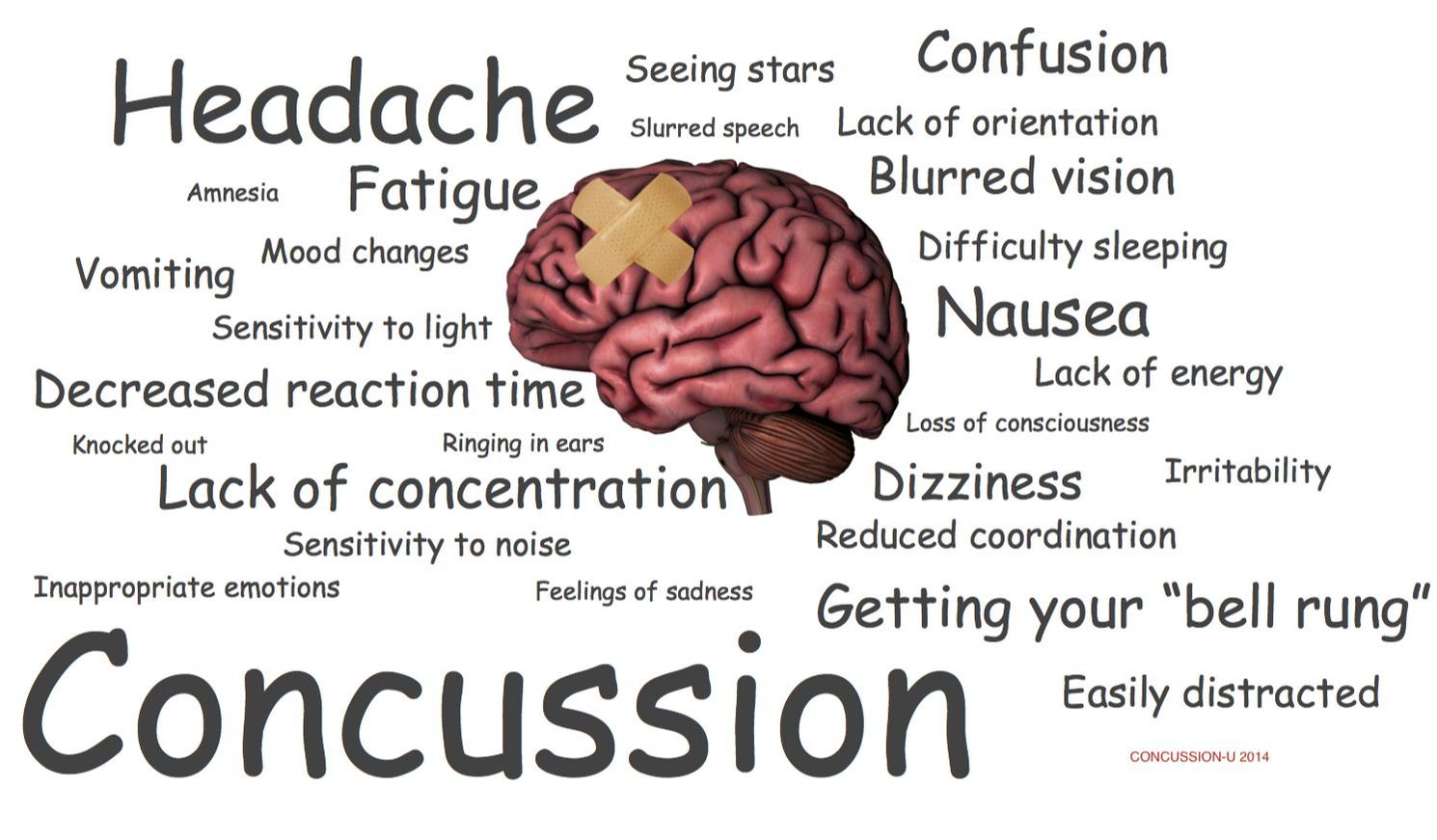
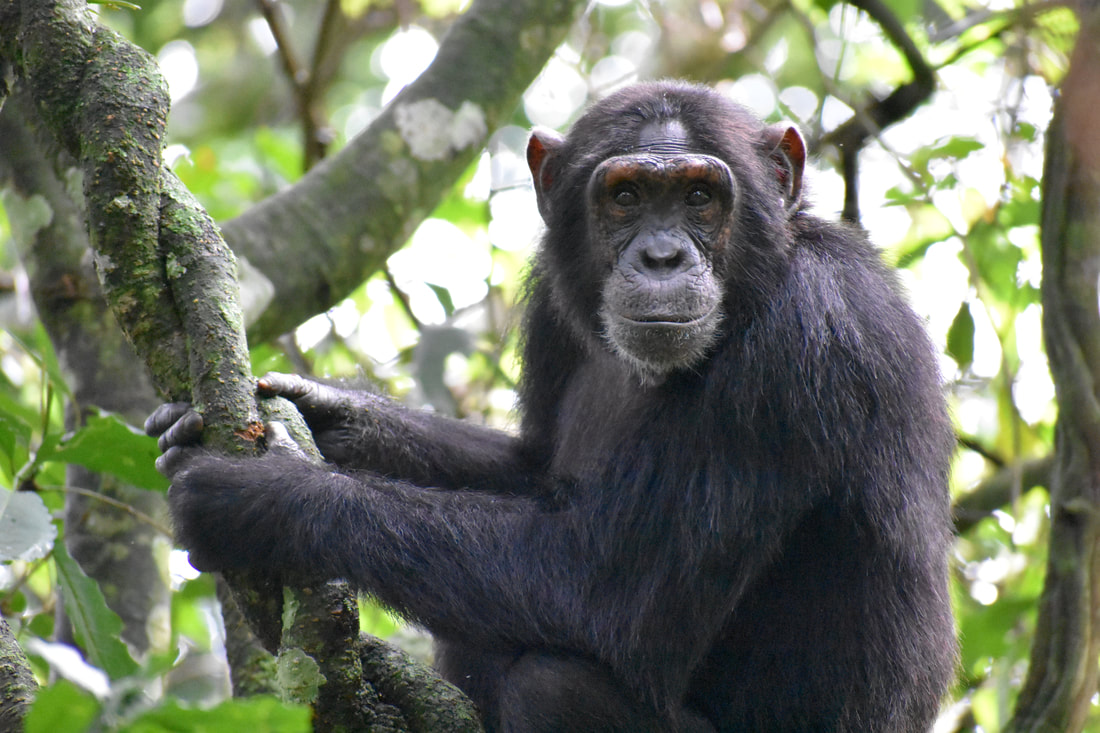
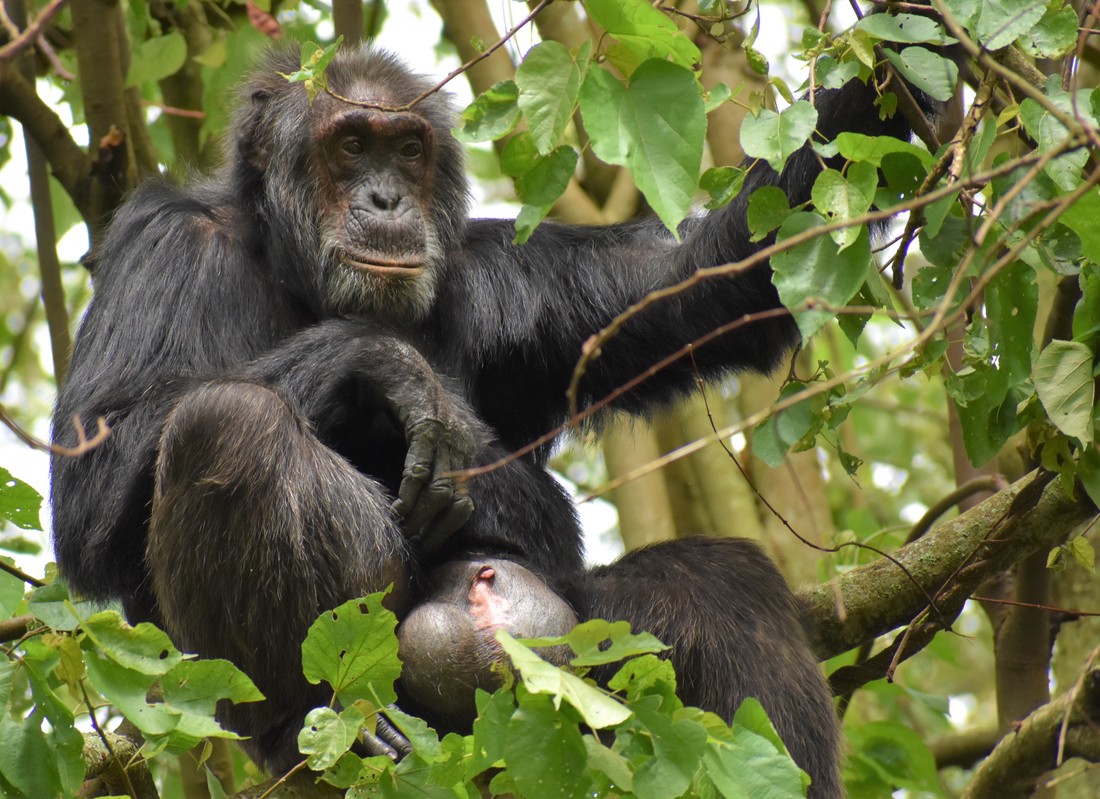
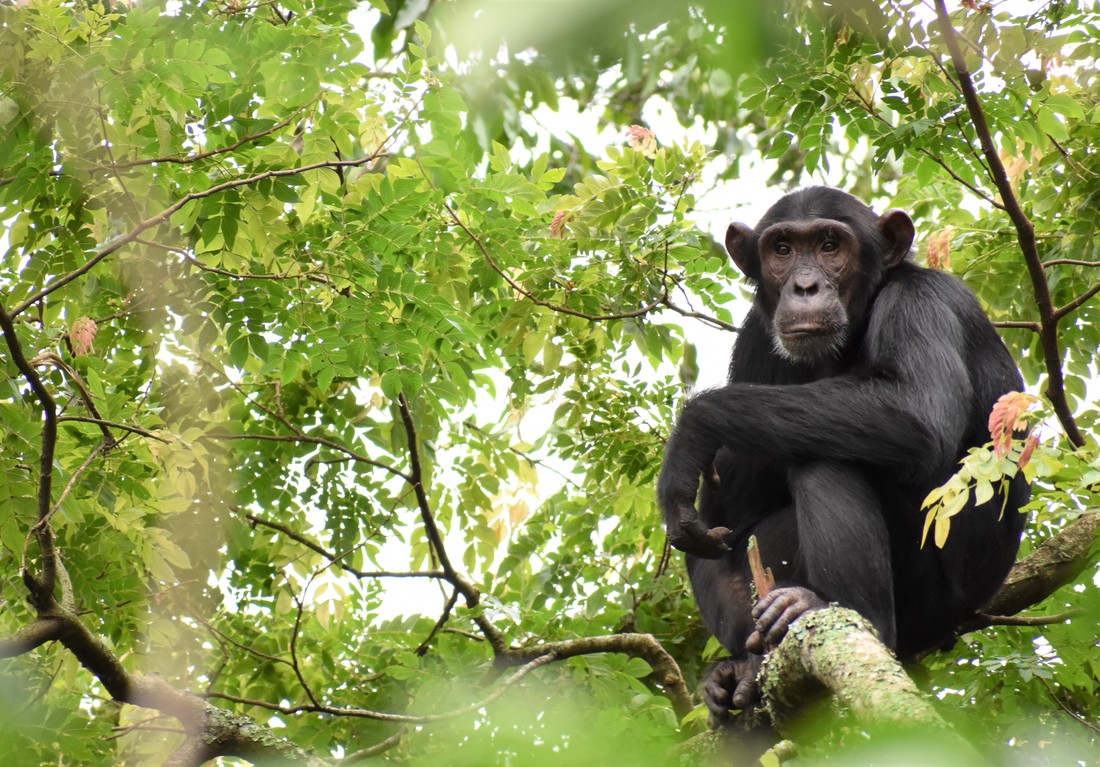
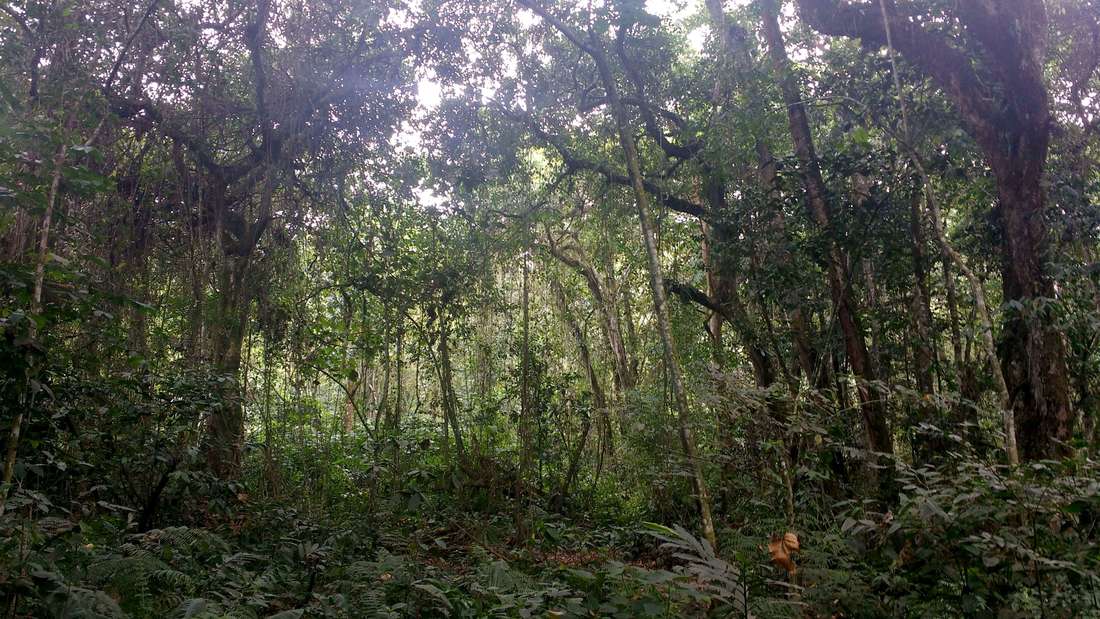
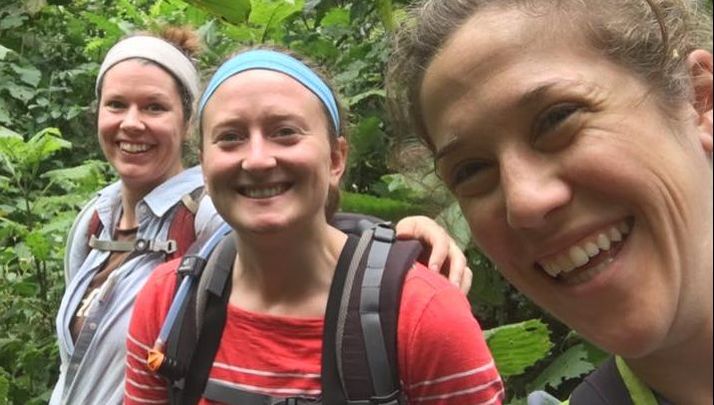
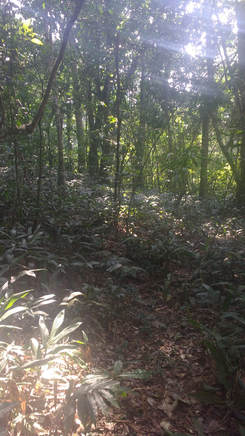
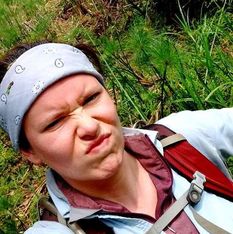

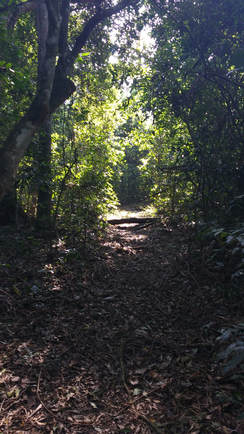
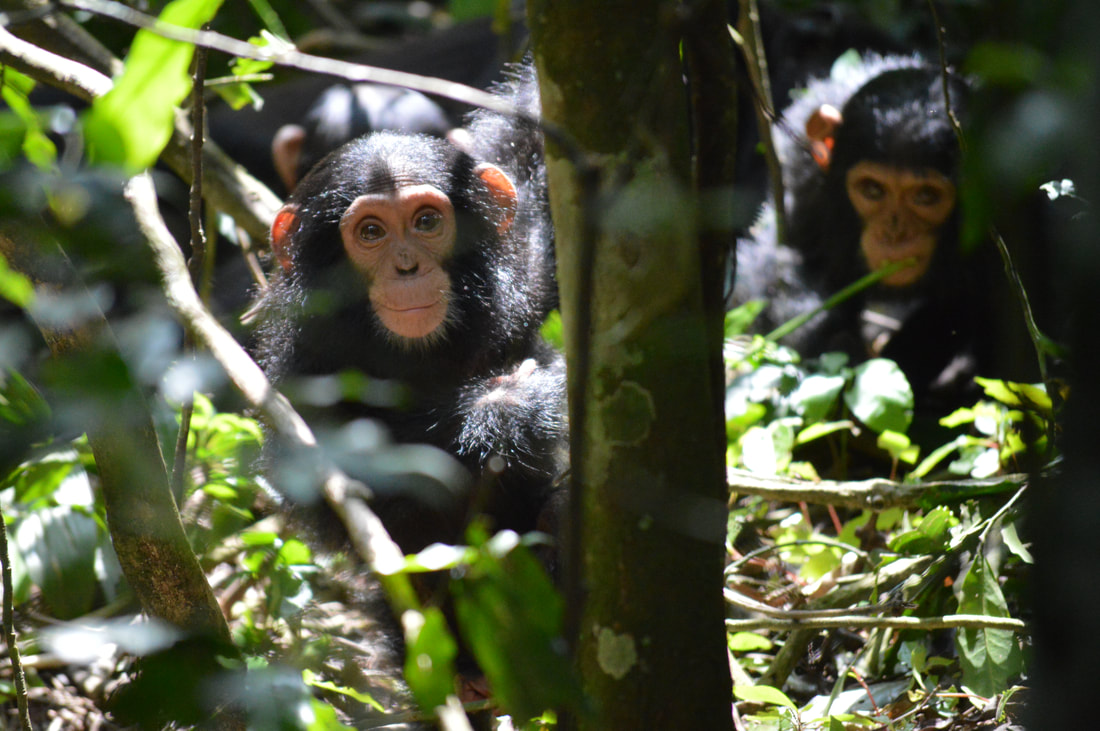
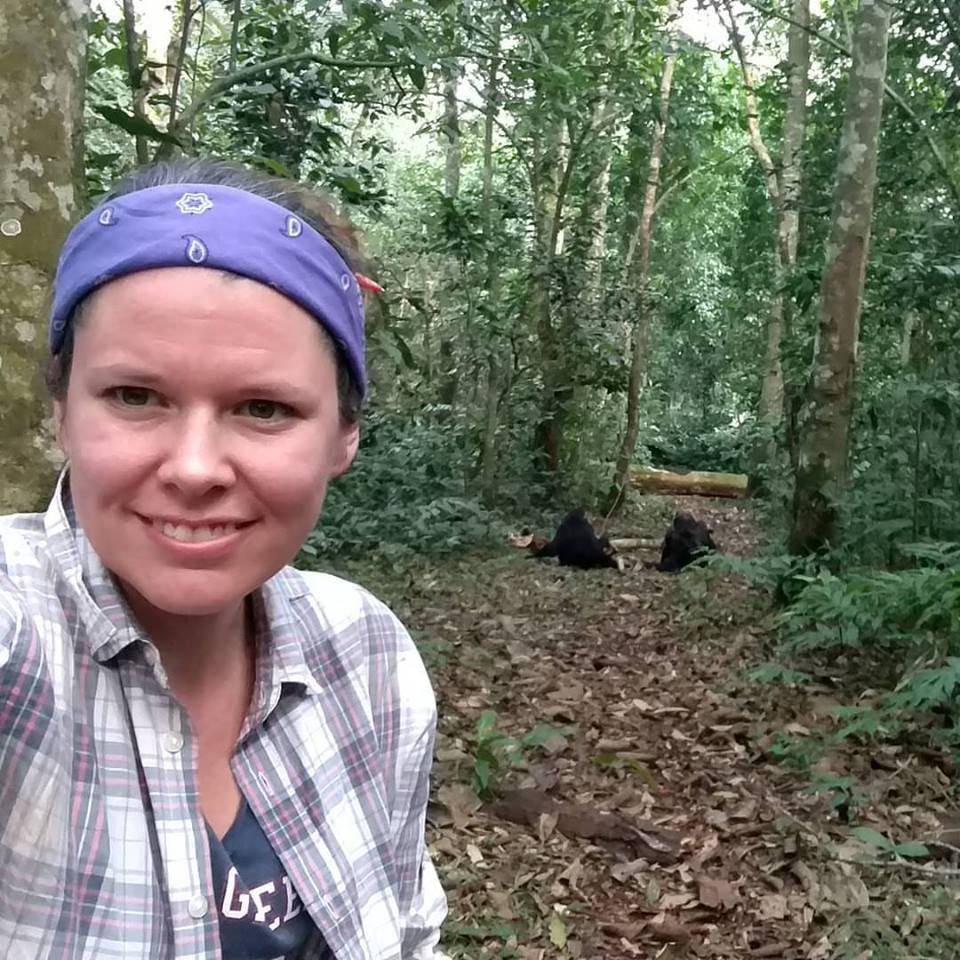
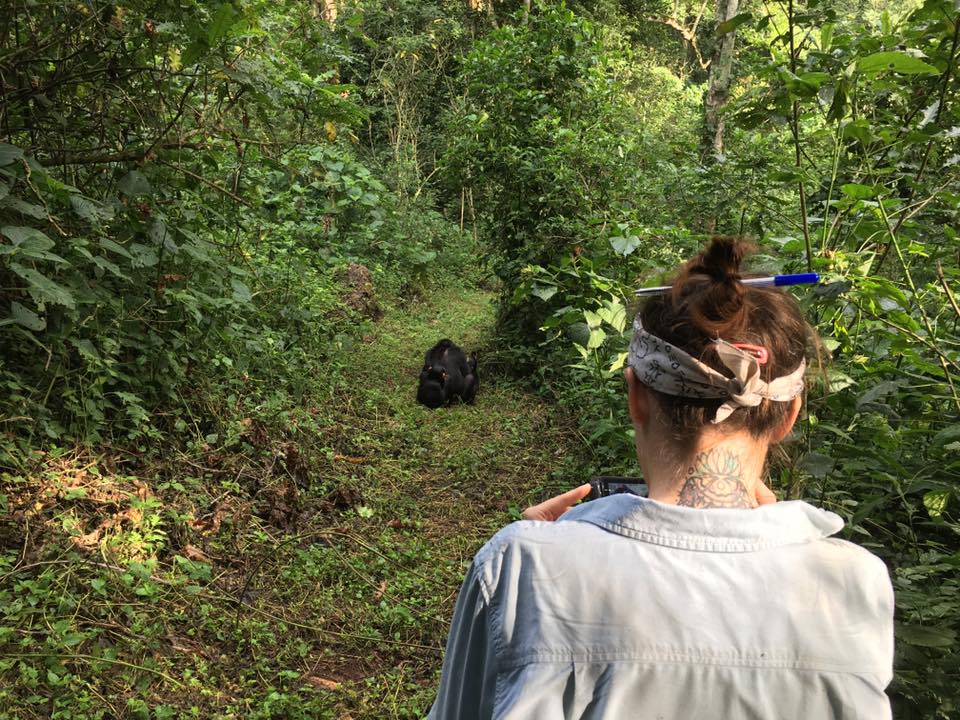
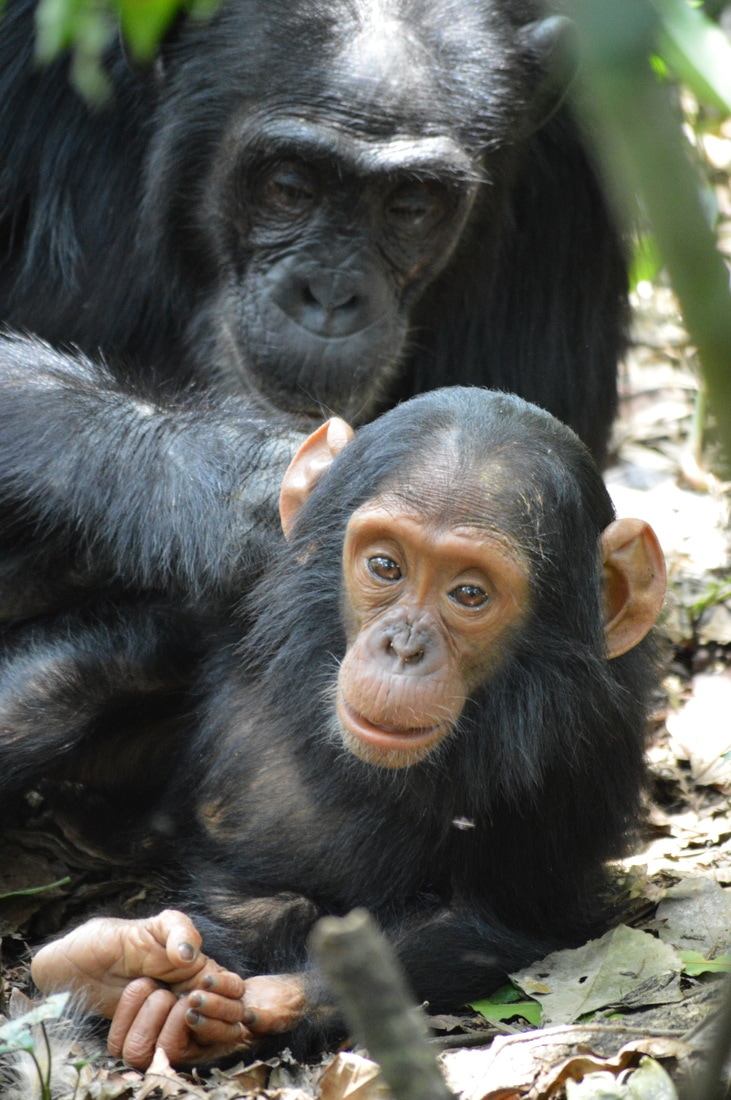
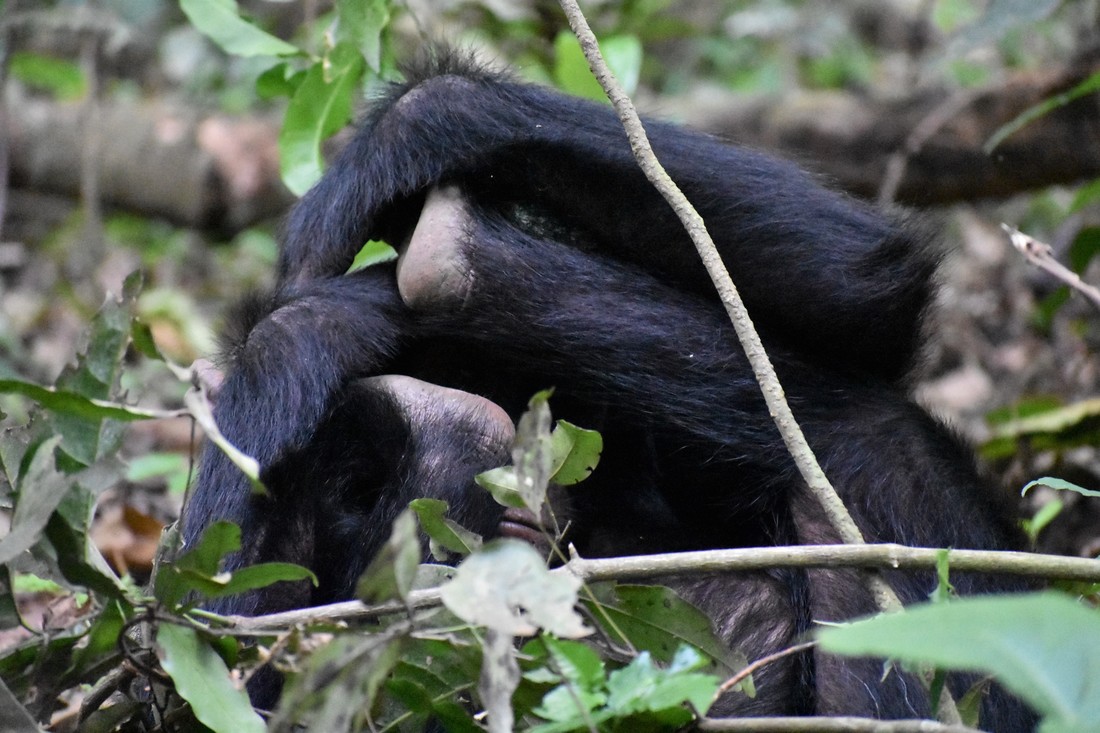
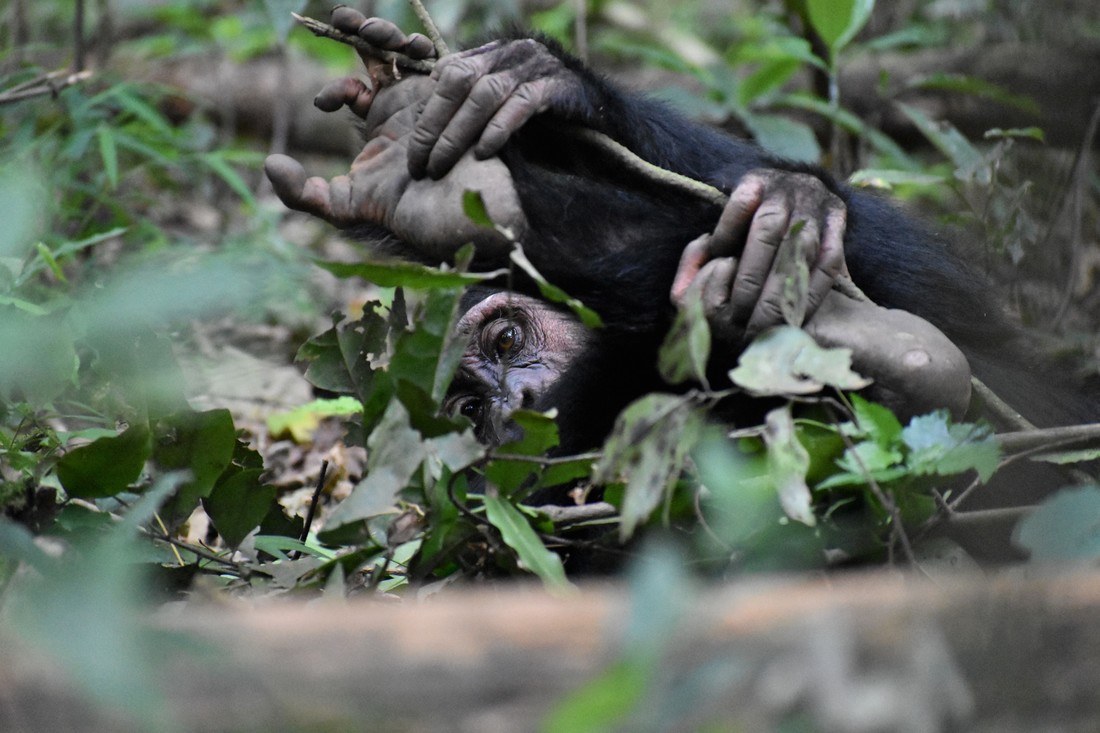
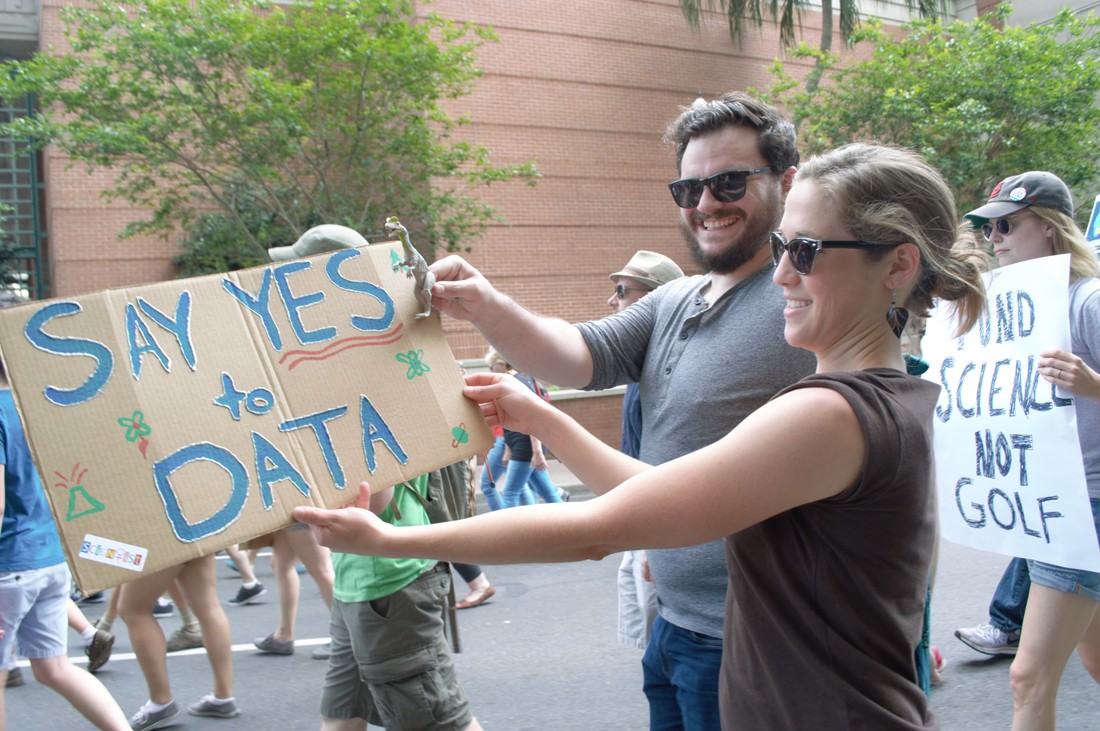
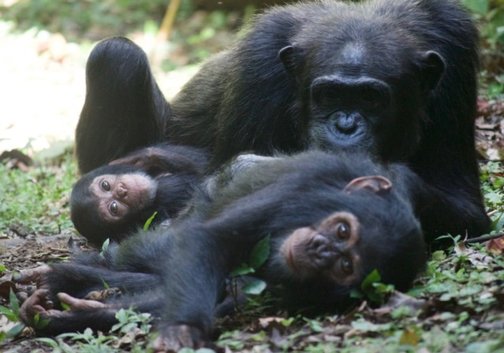
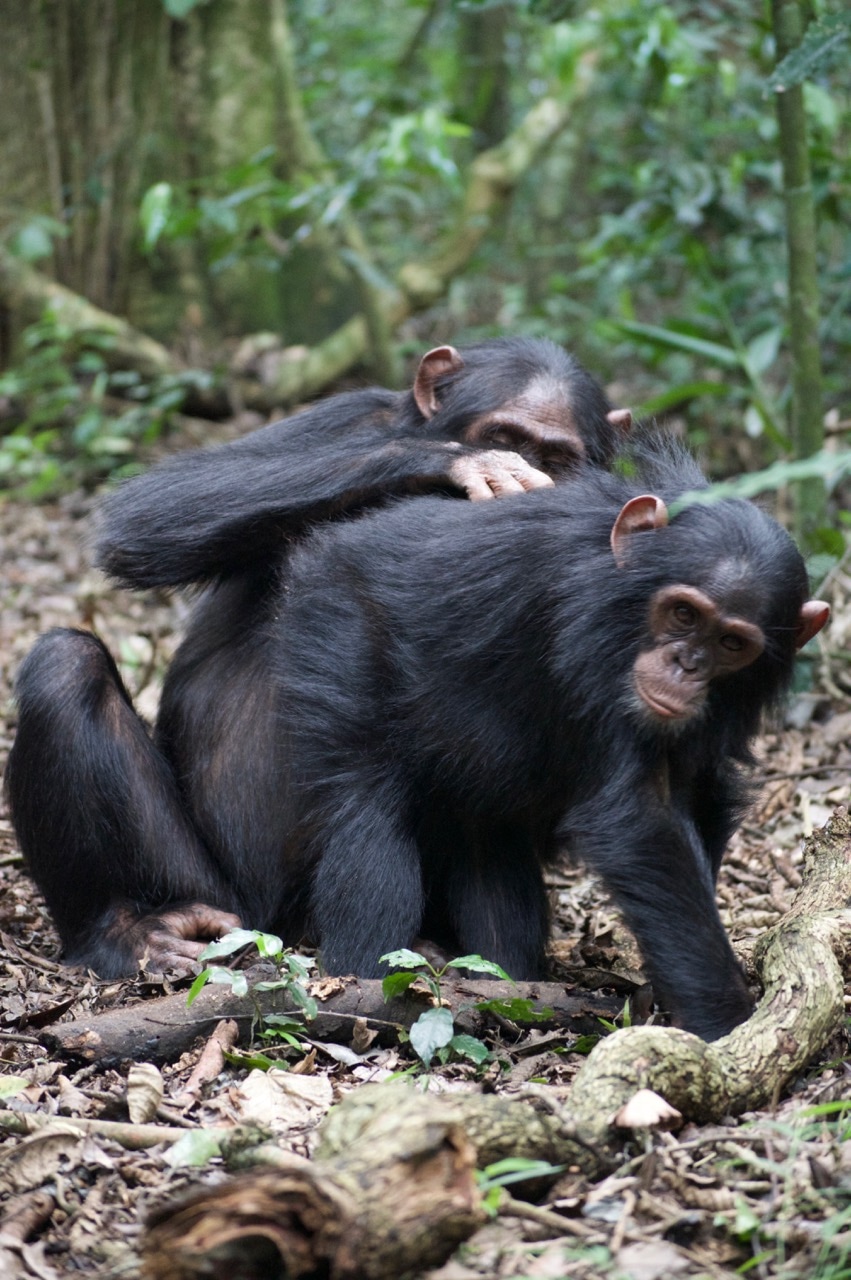
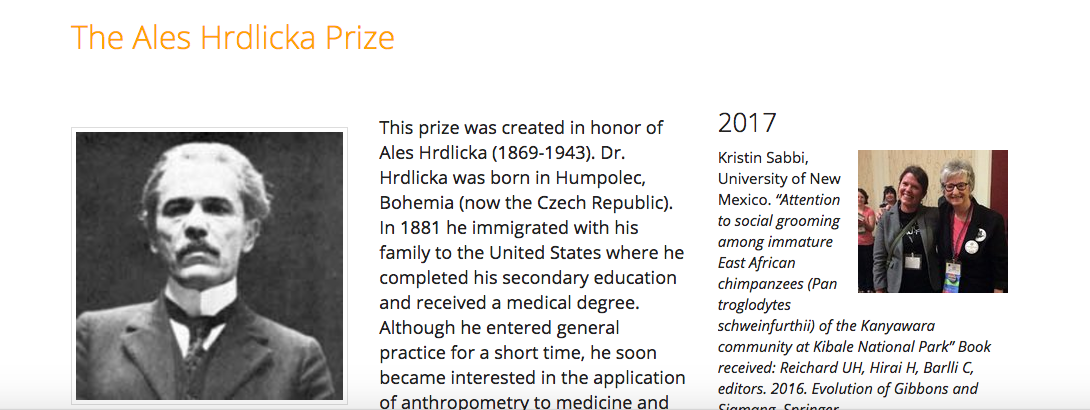
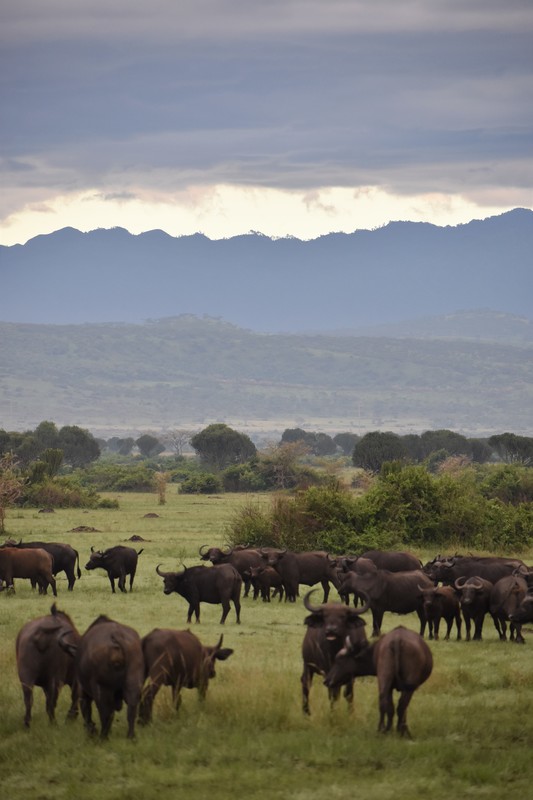
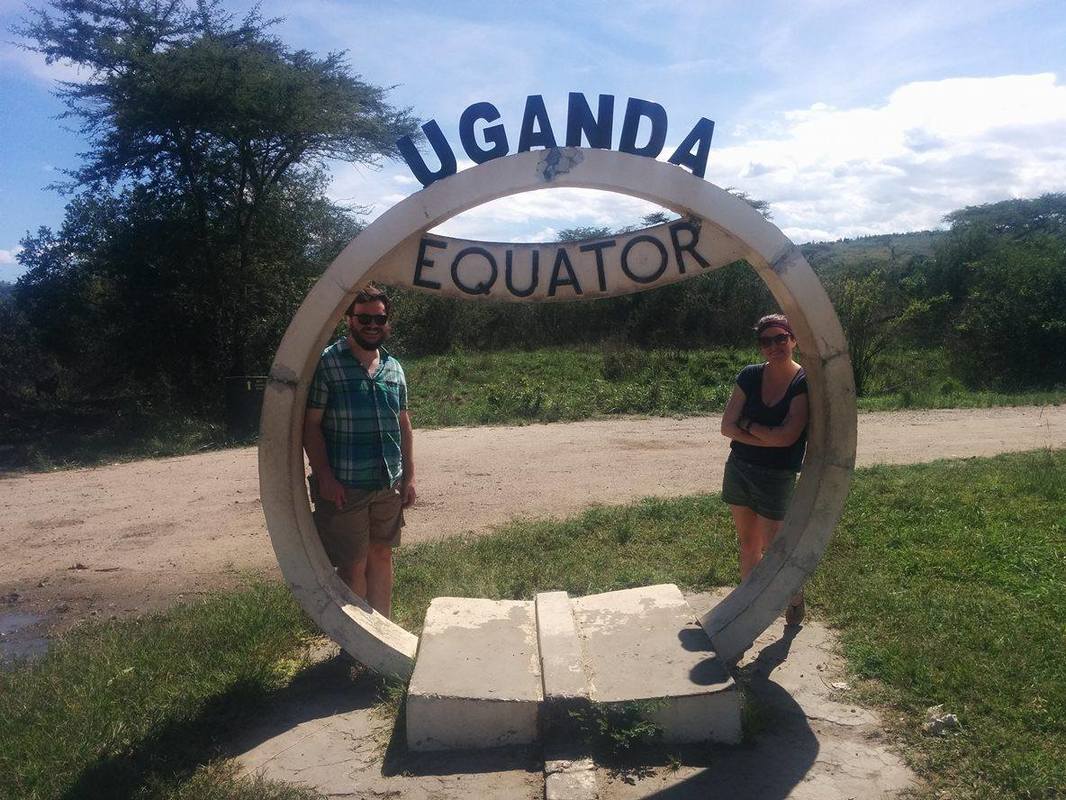
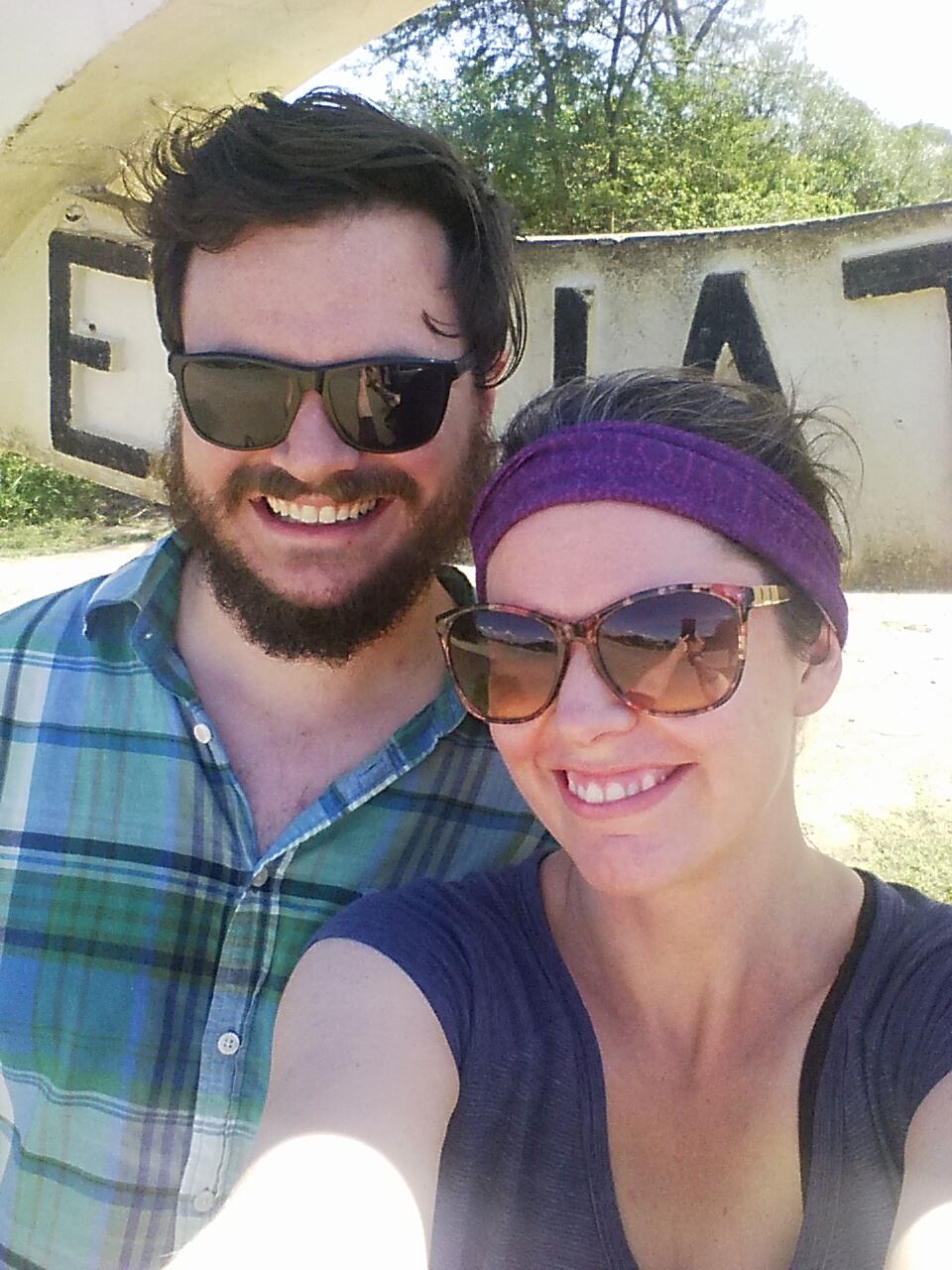
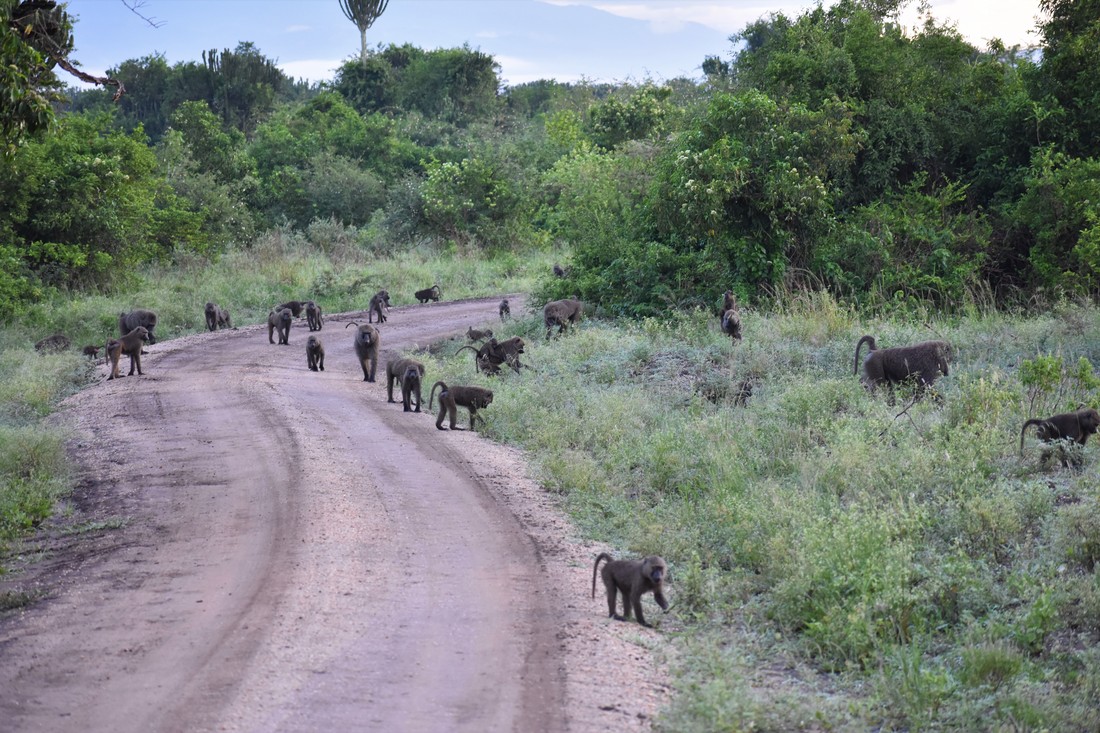
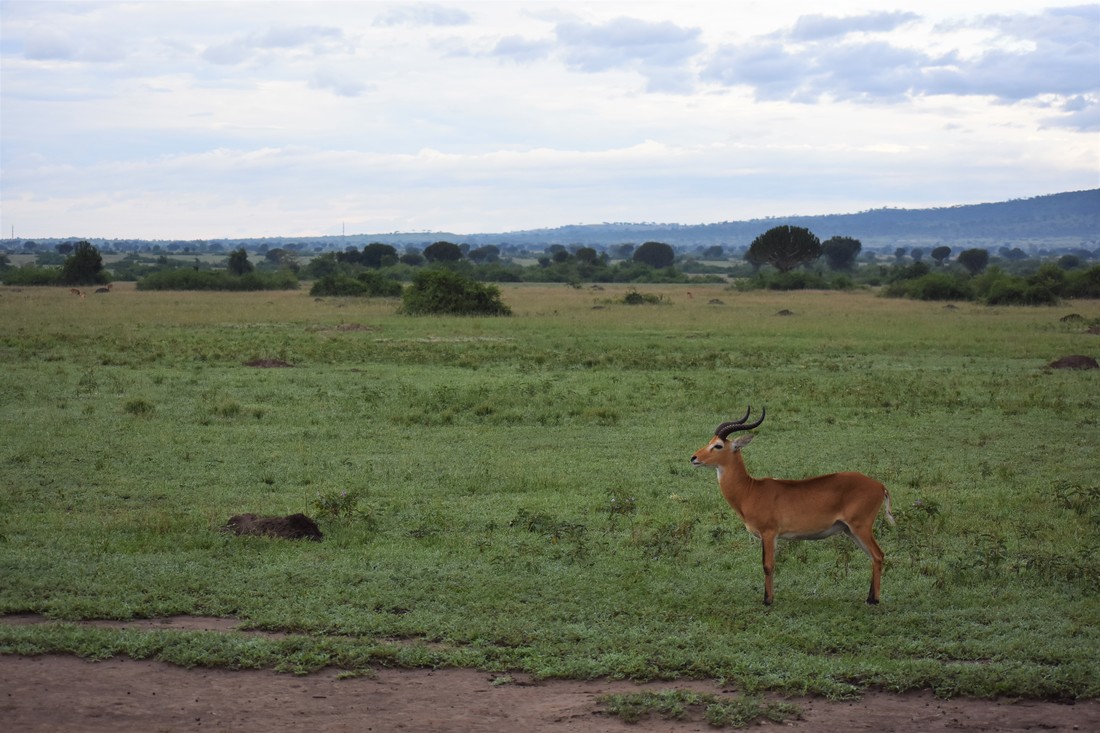
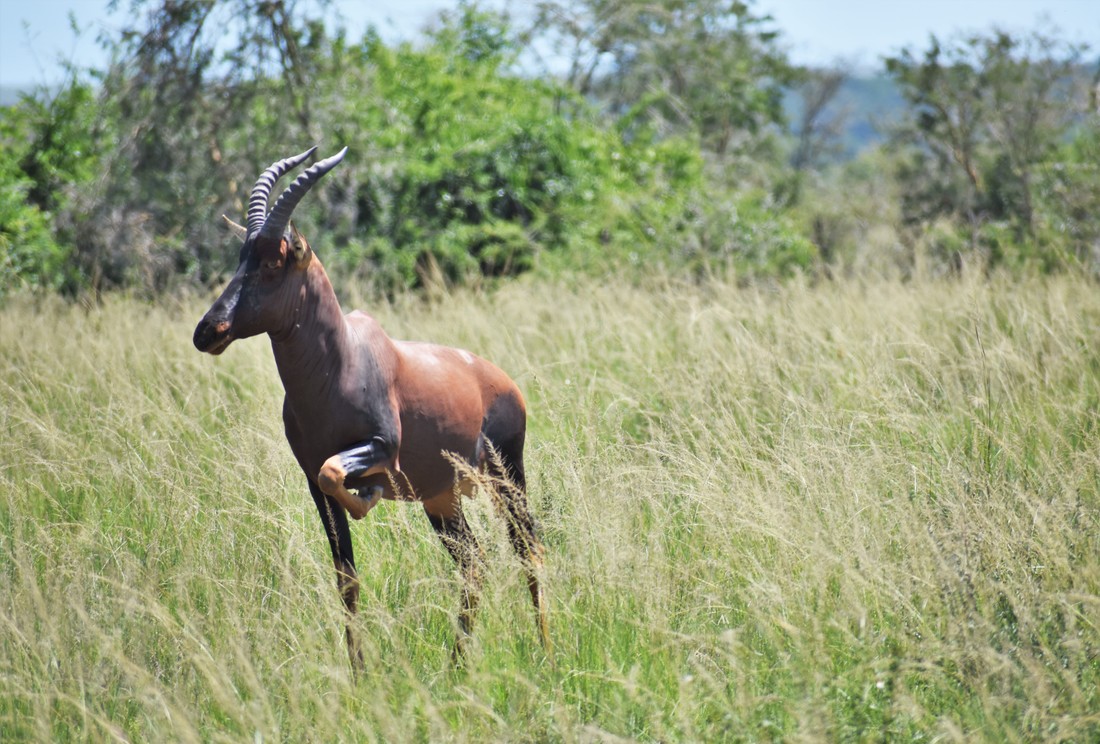
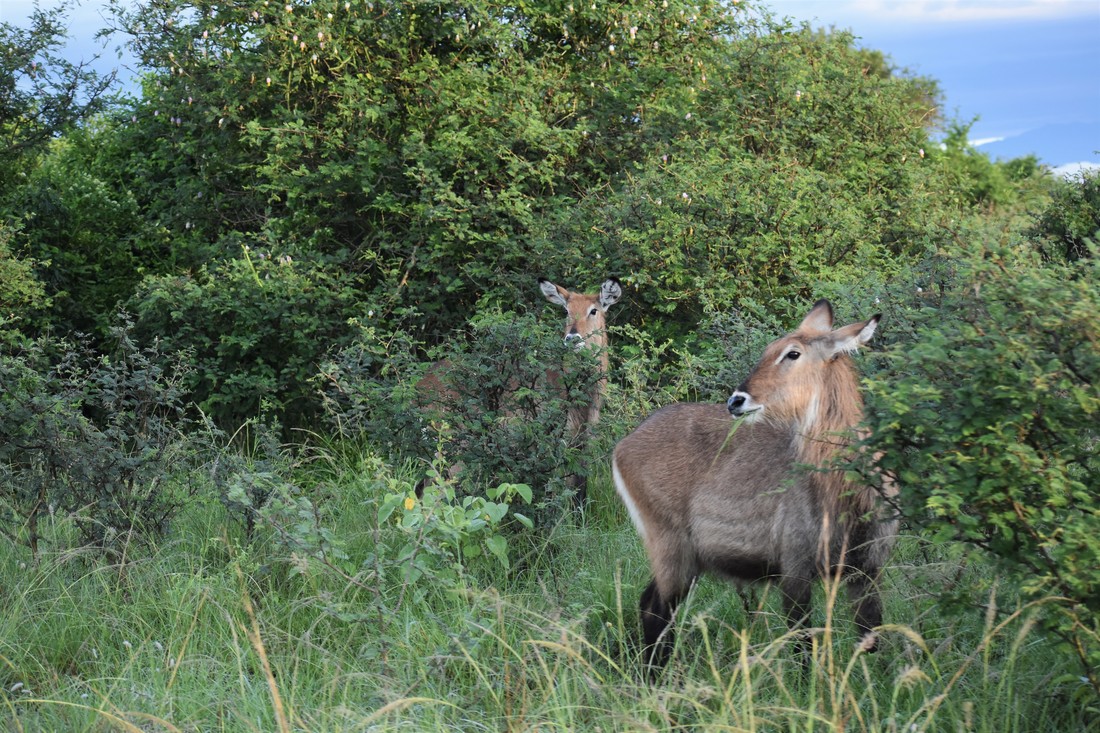
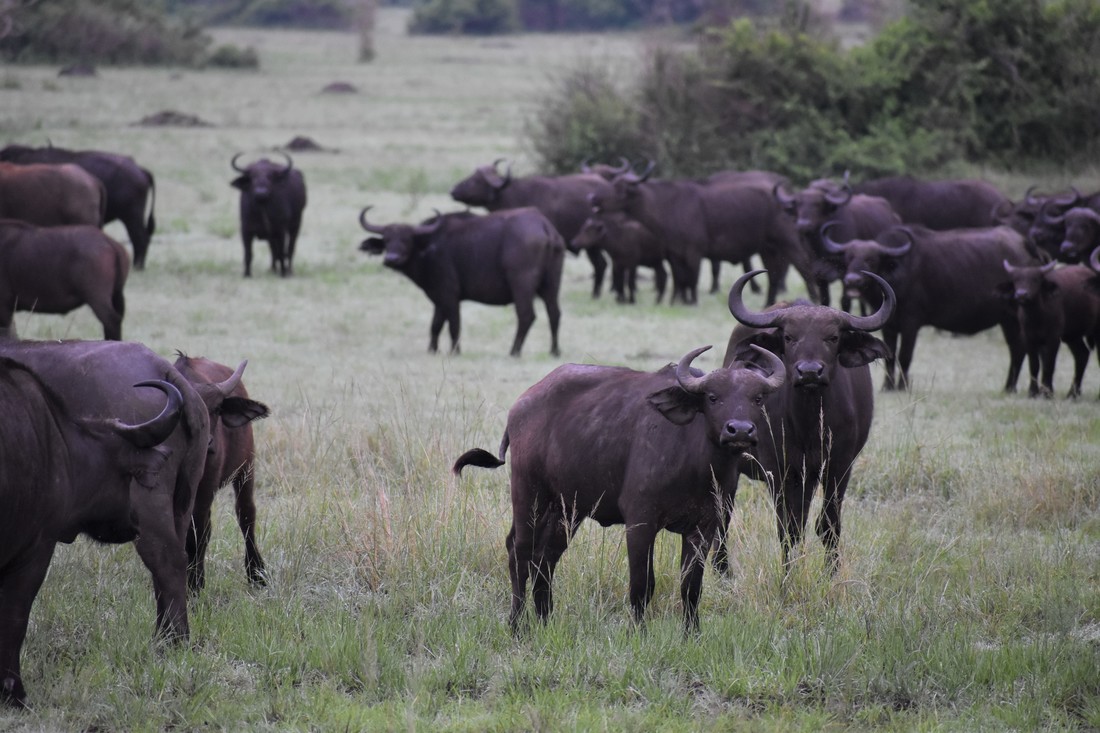
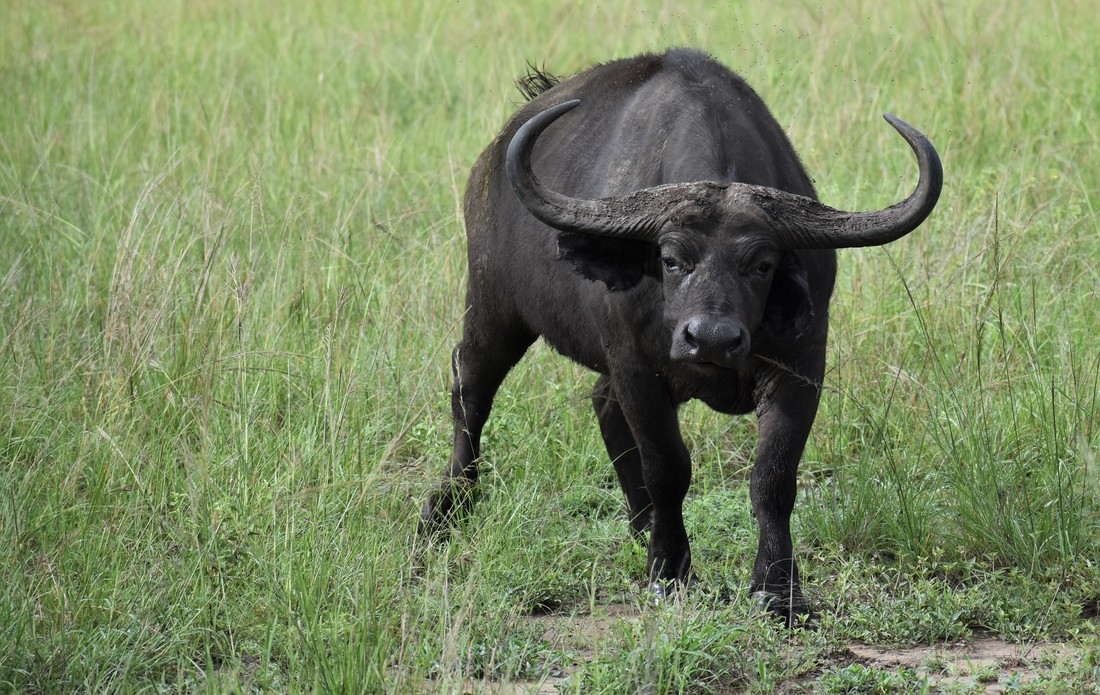
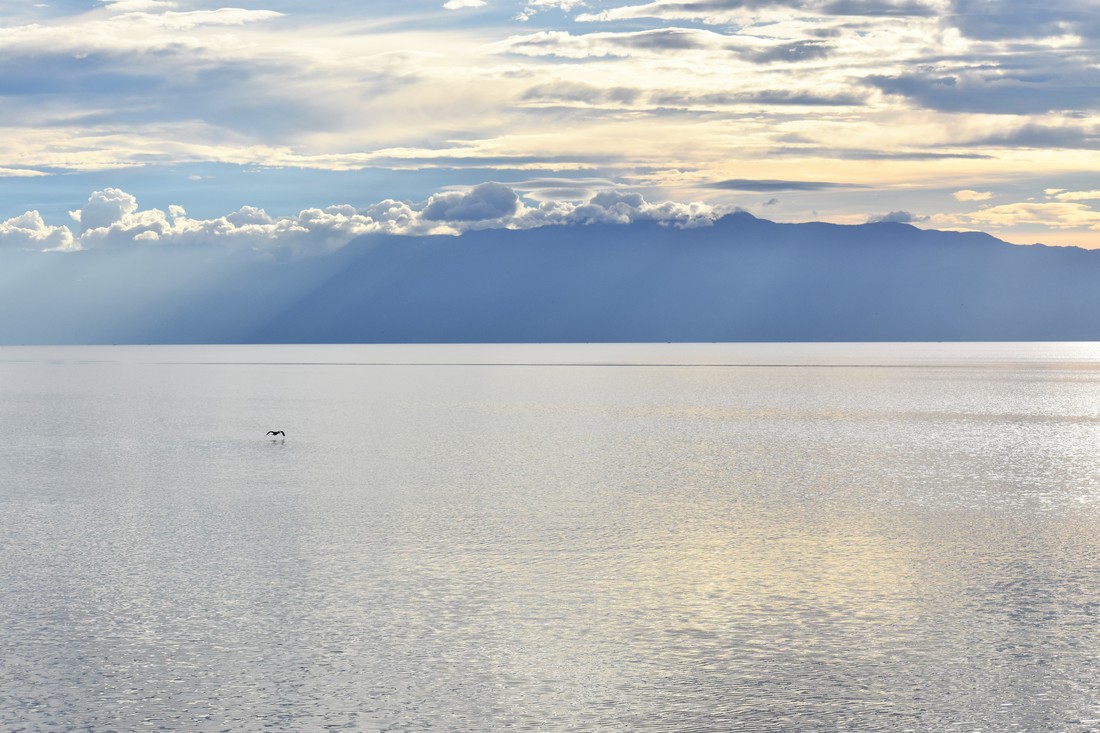

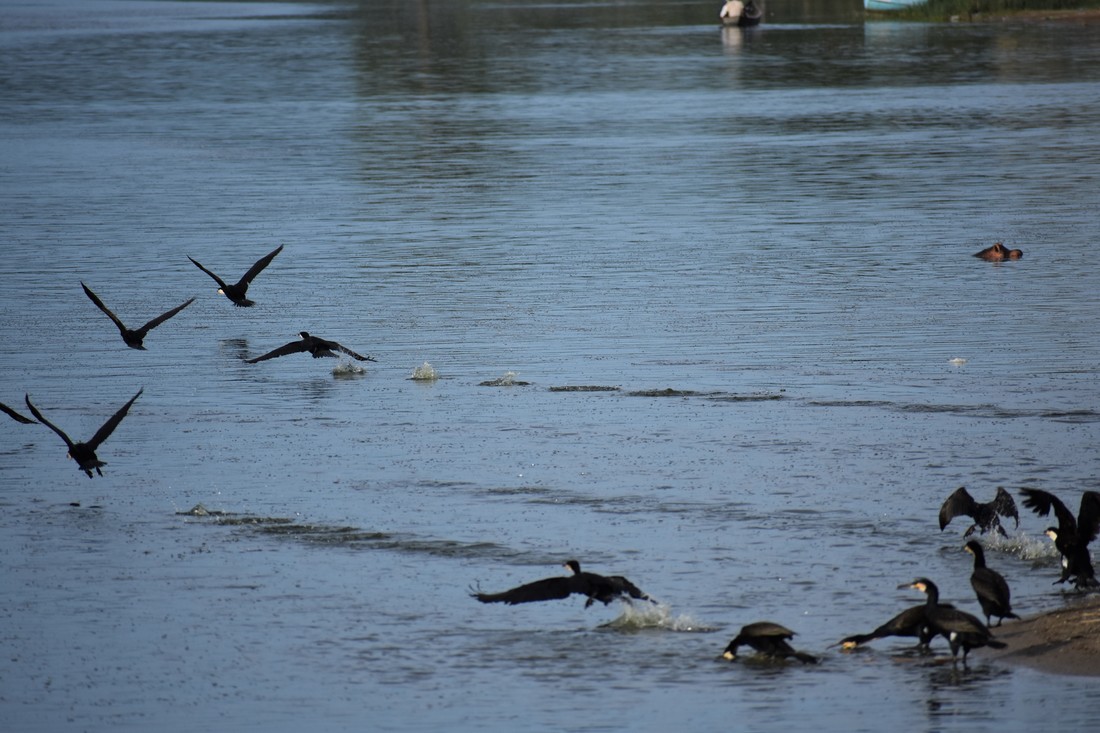
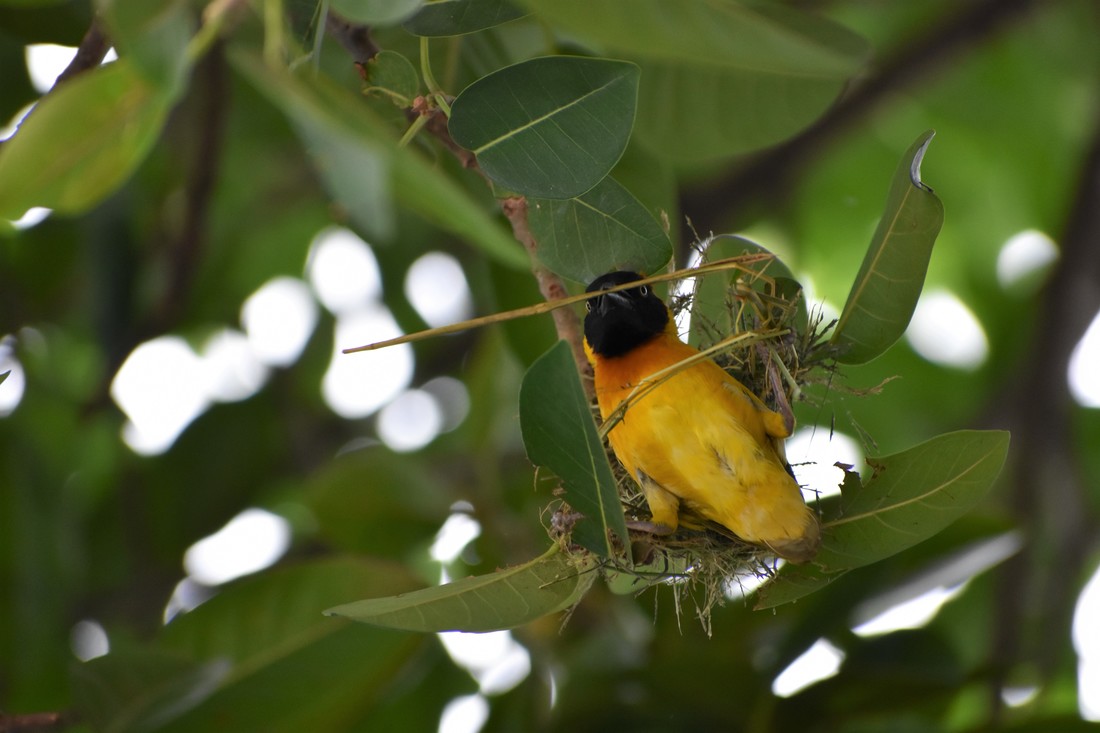
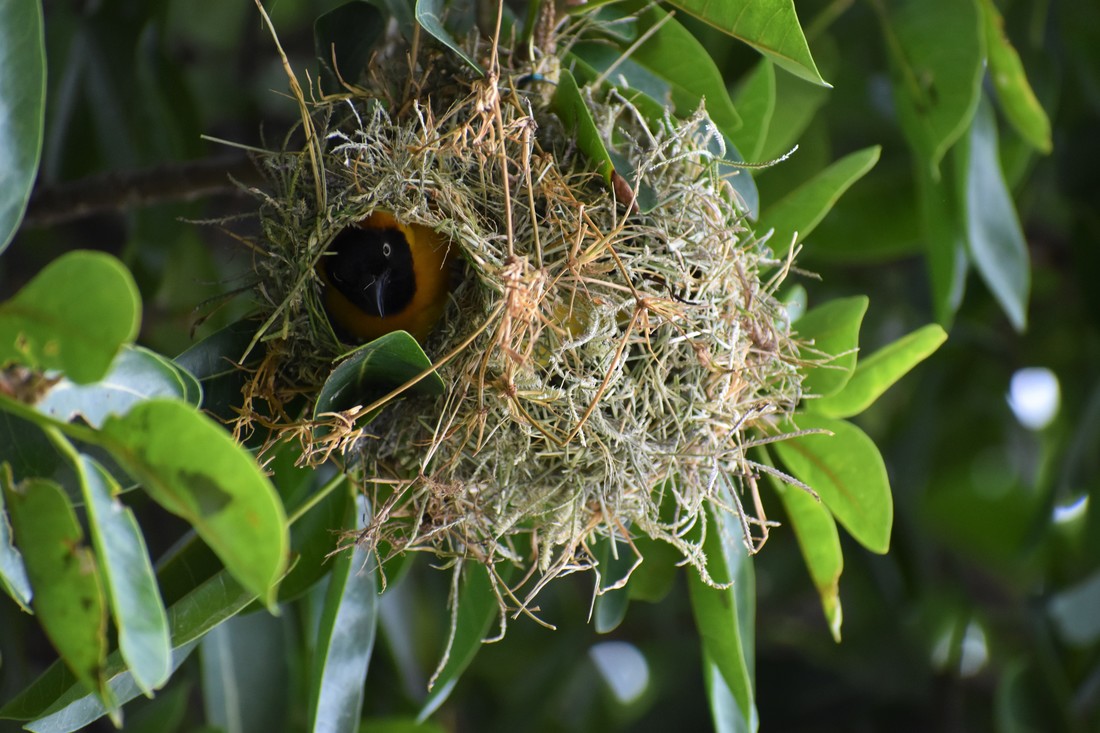
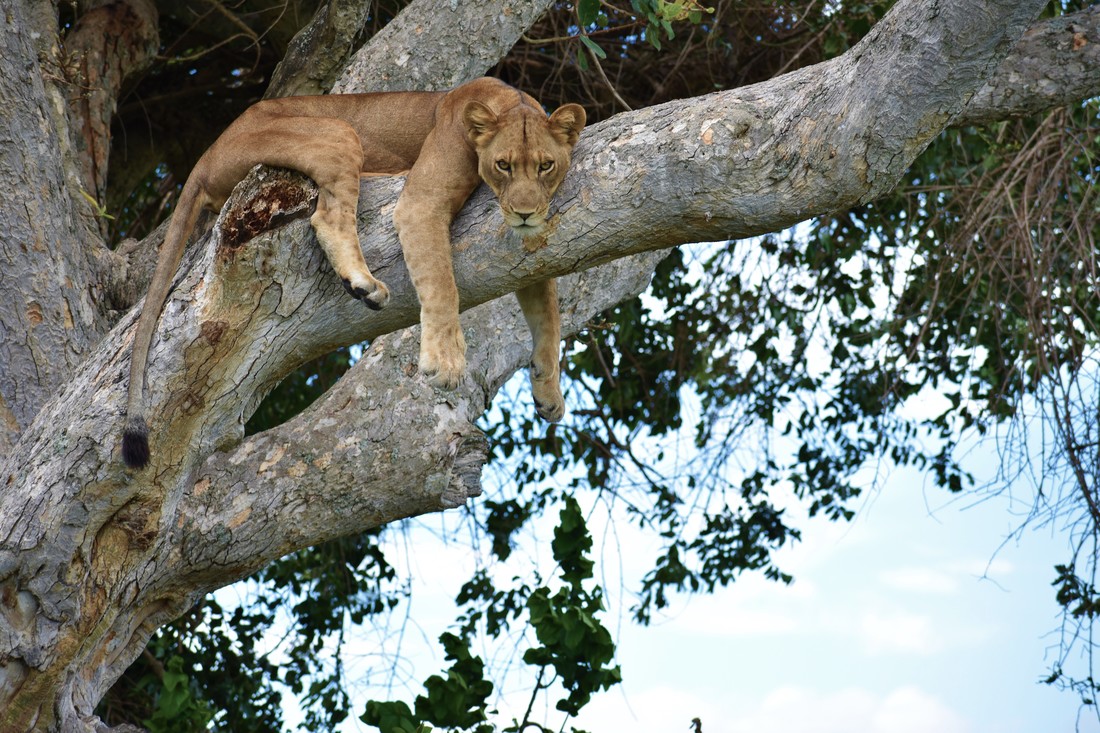
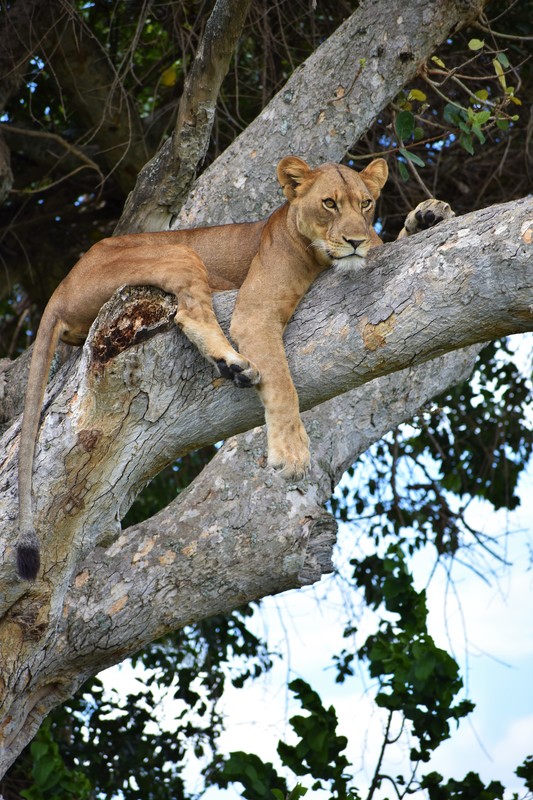
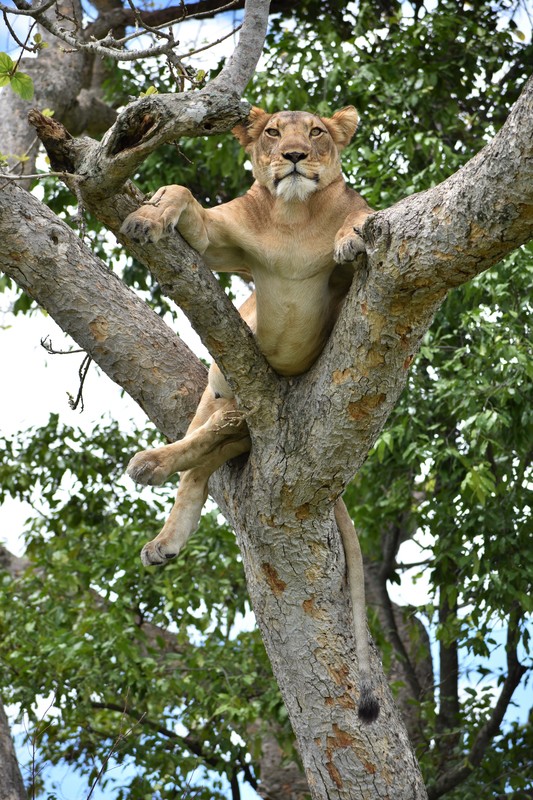
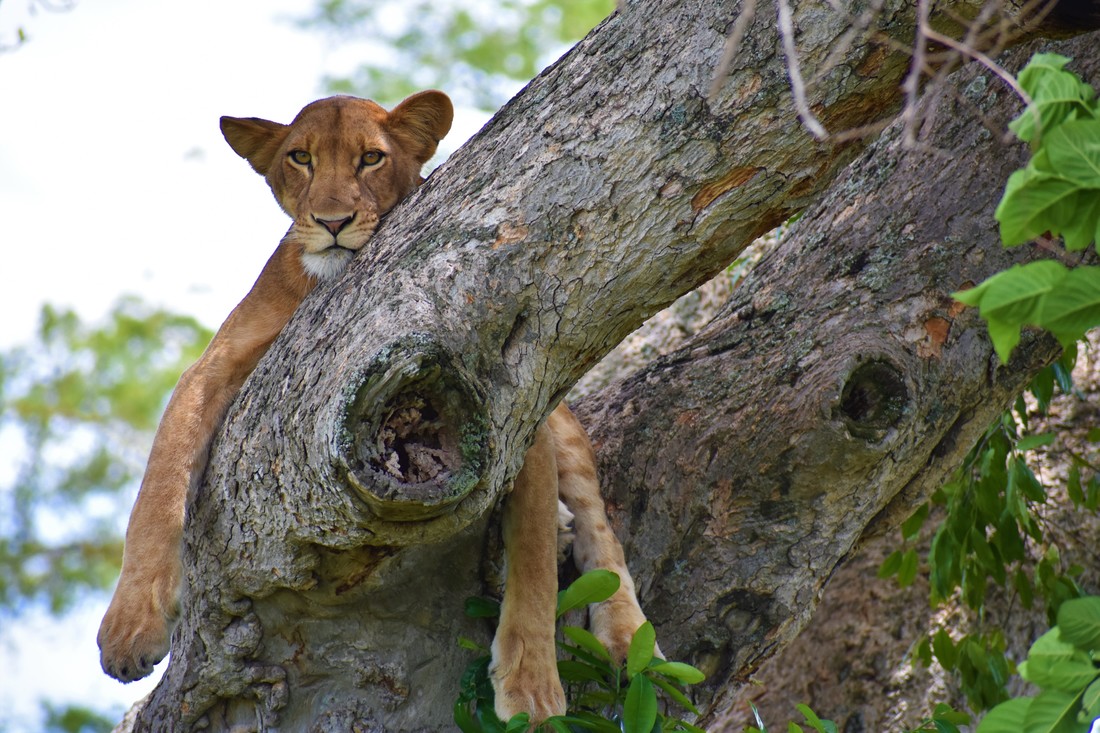
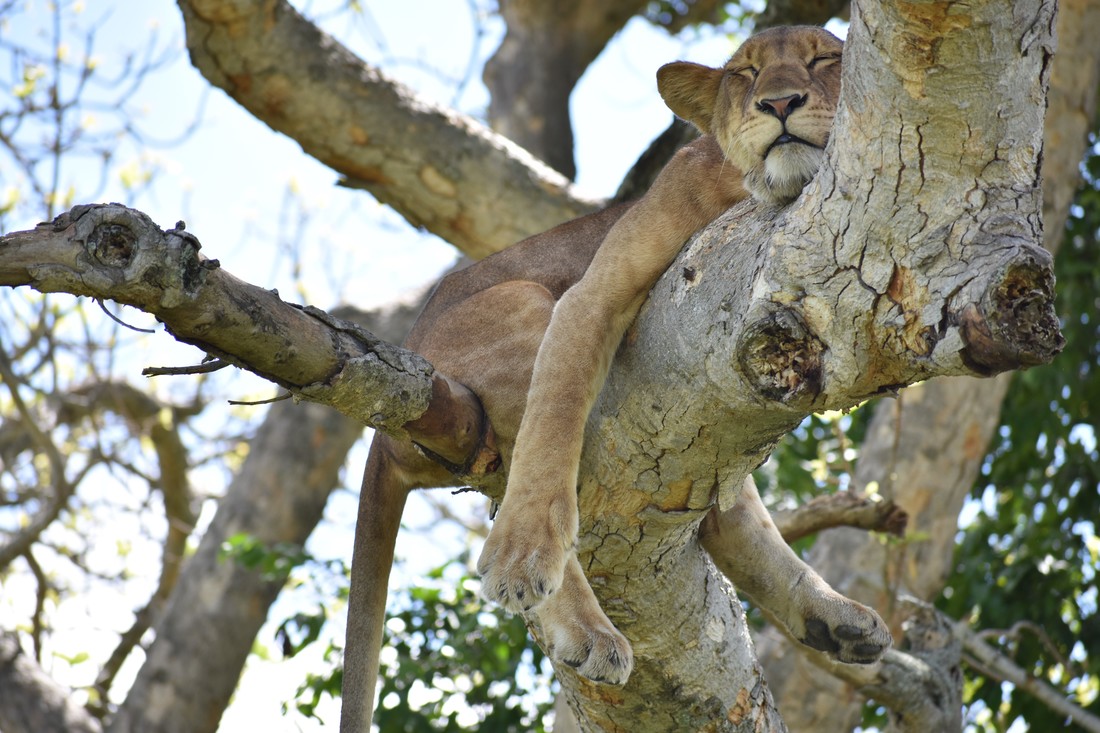
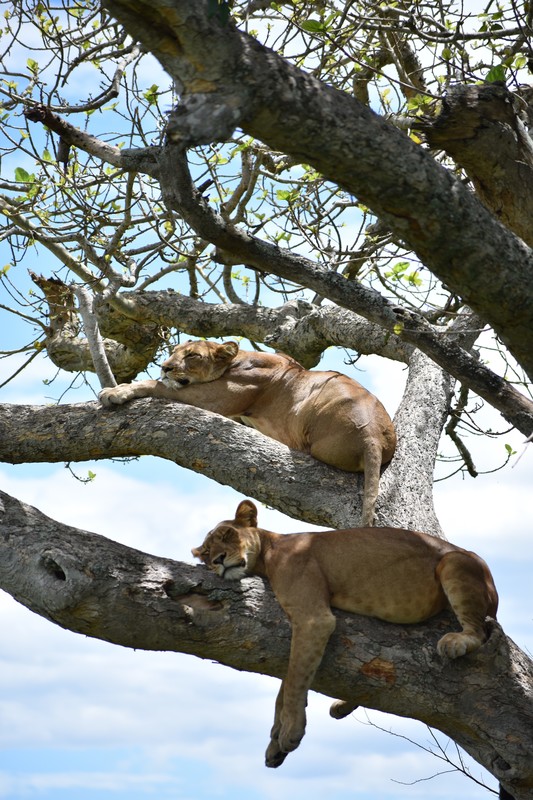
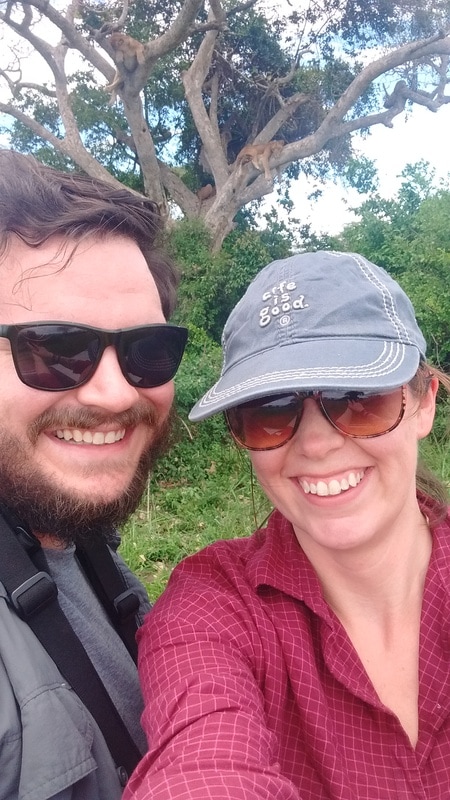
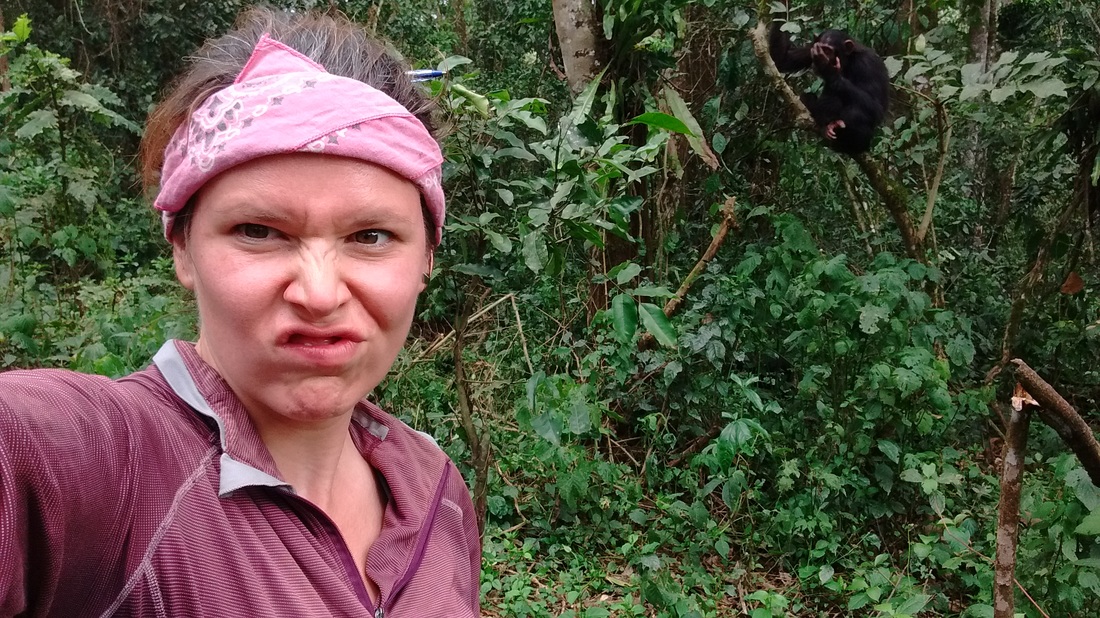
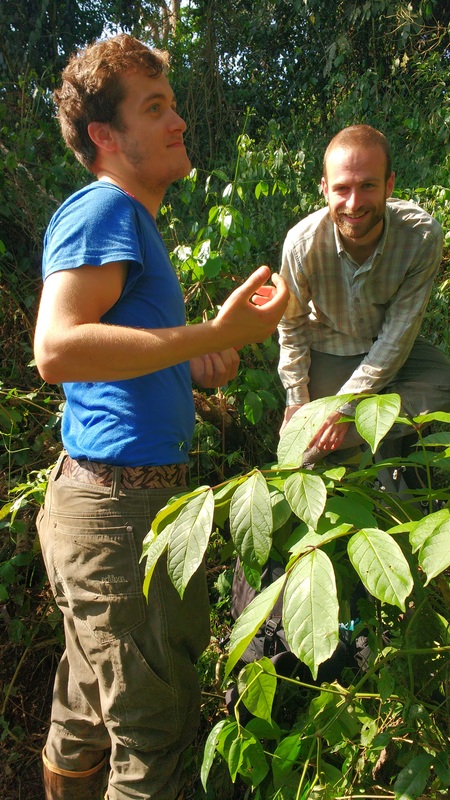
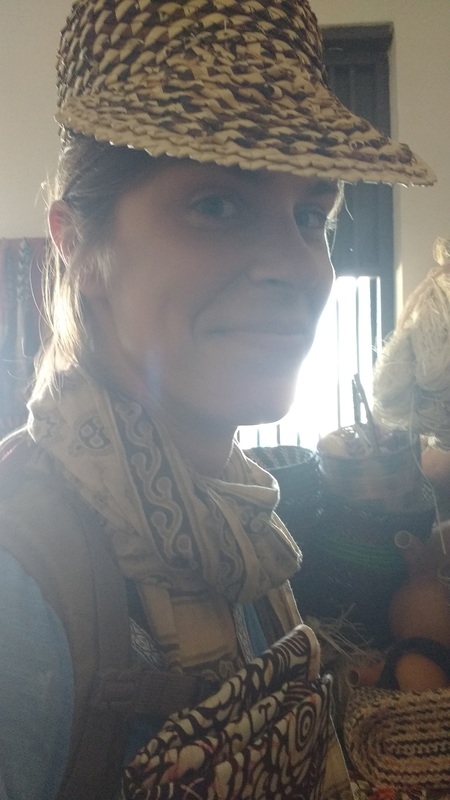
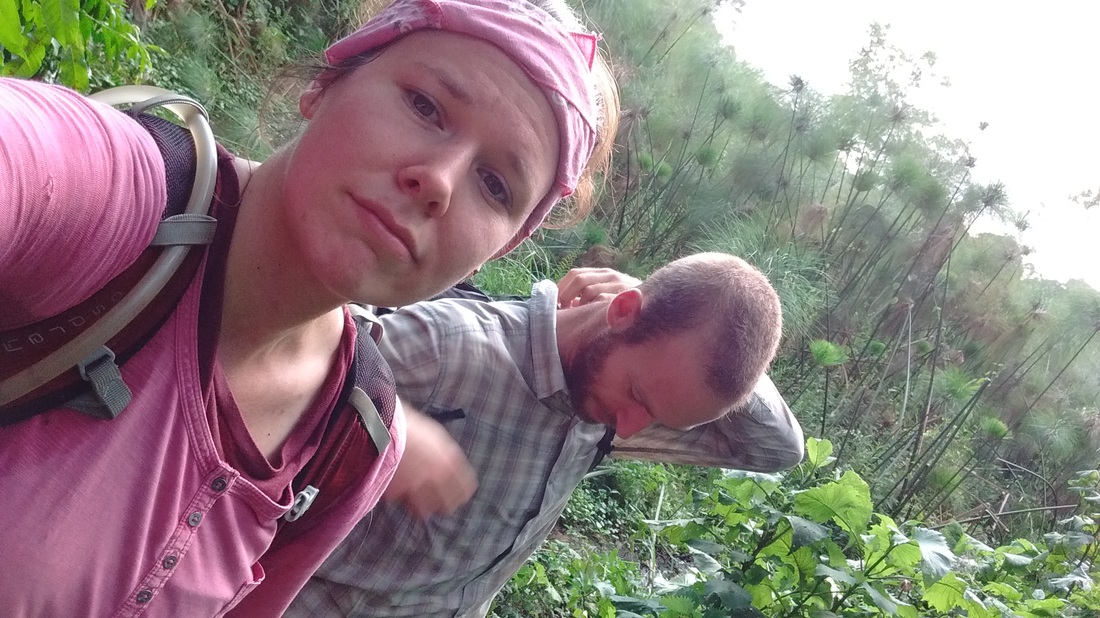

 RSS Feed
RSS Feed
